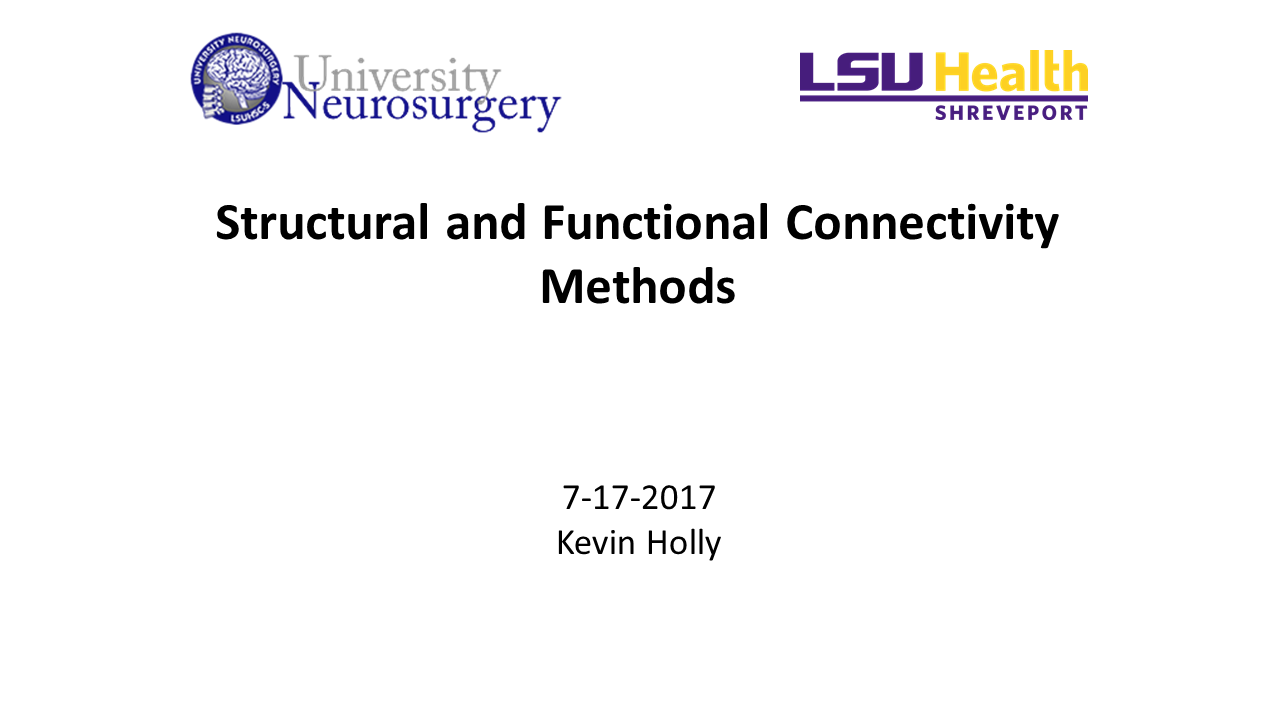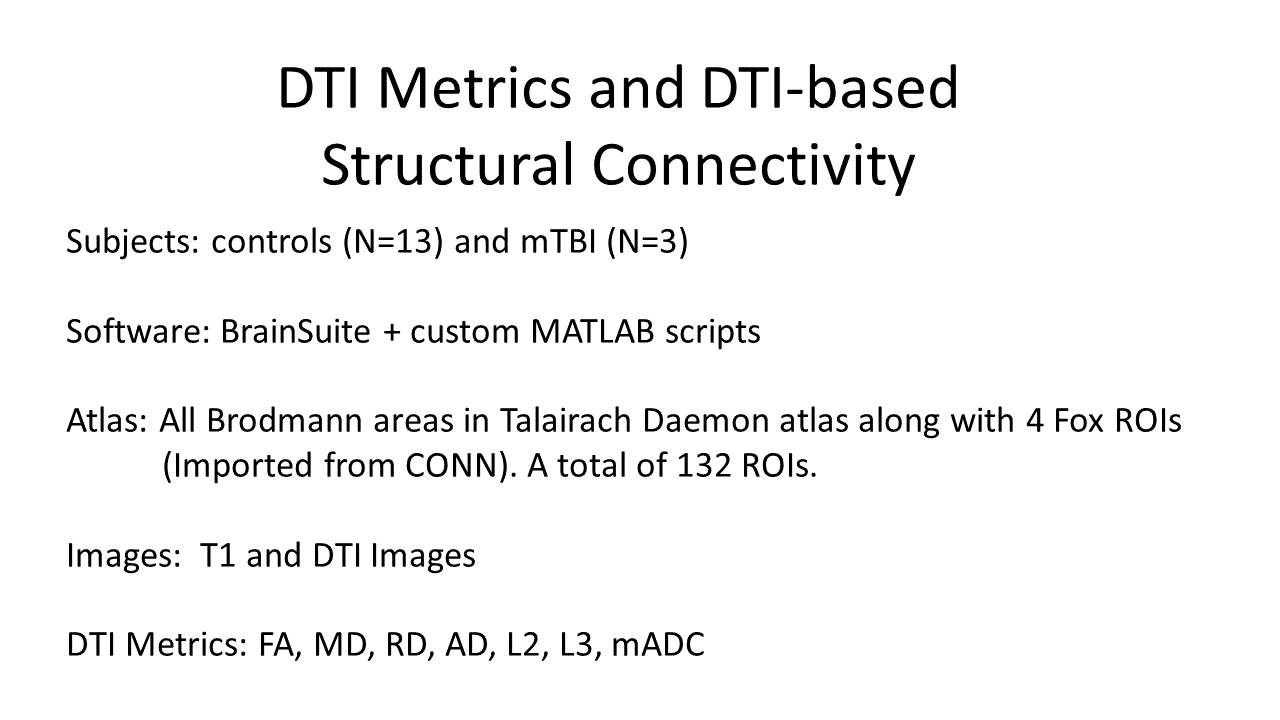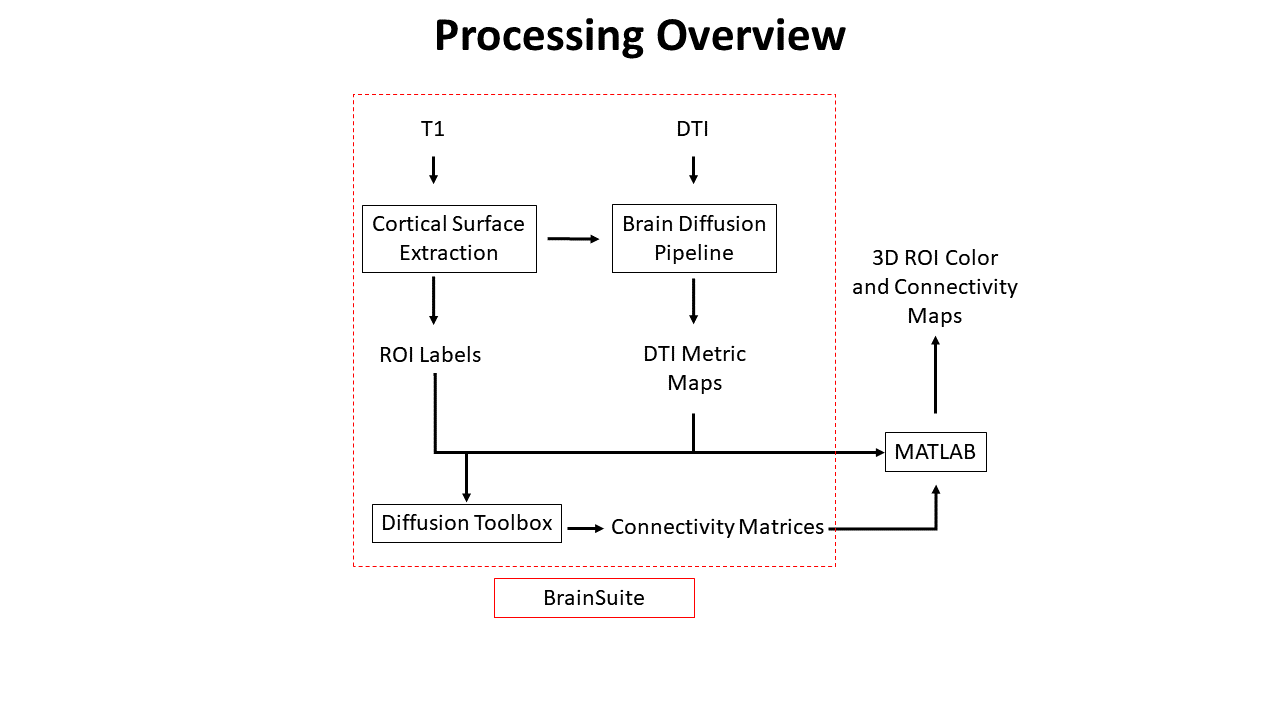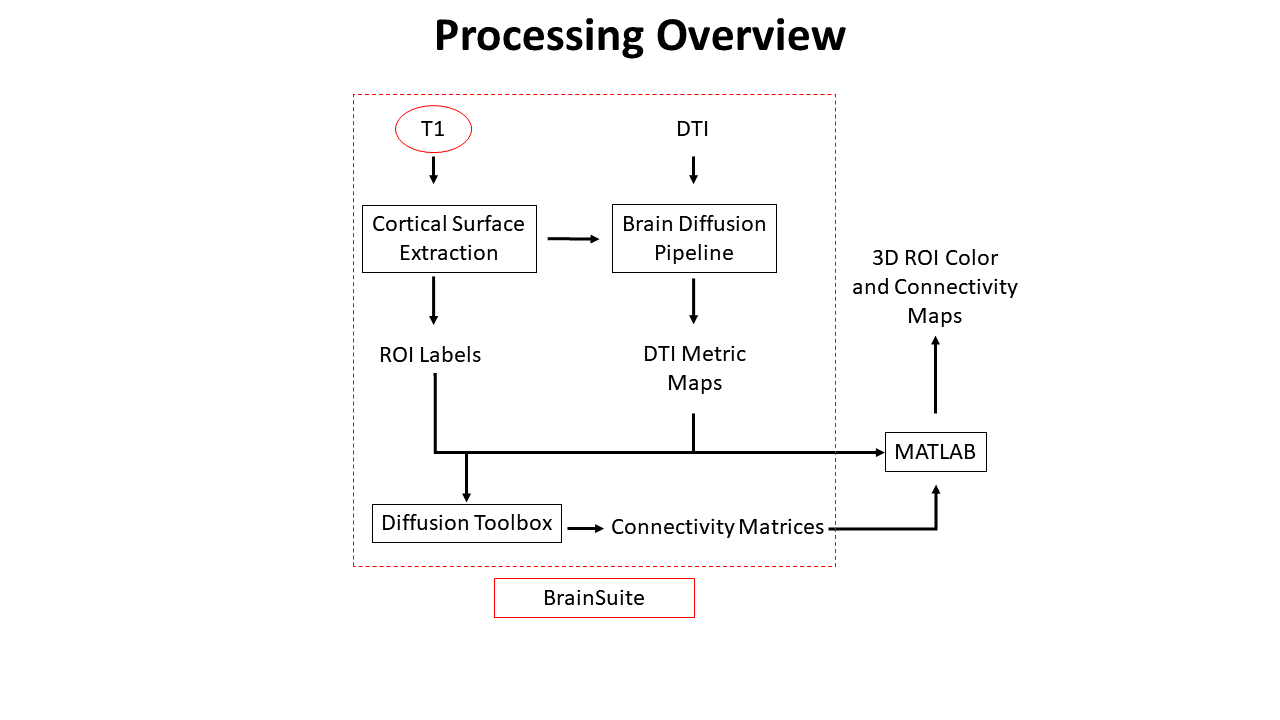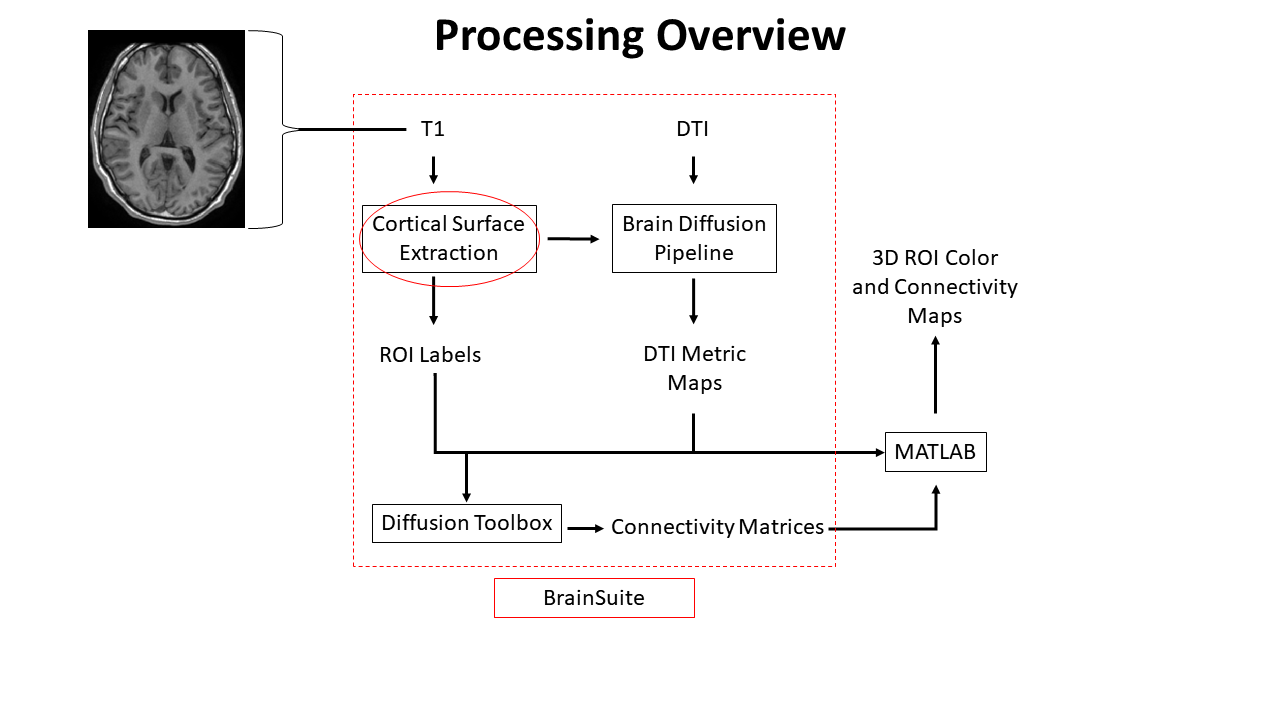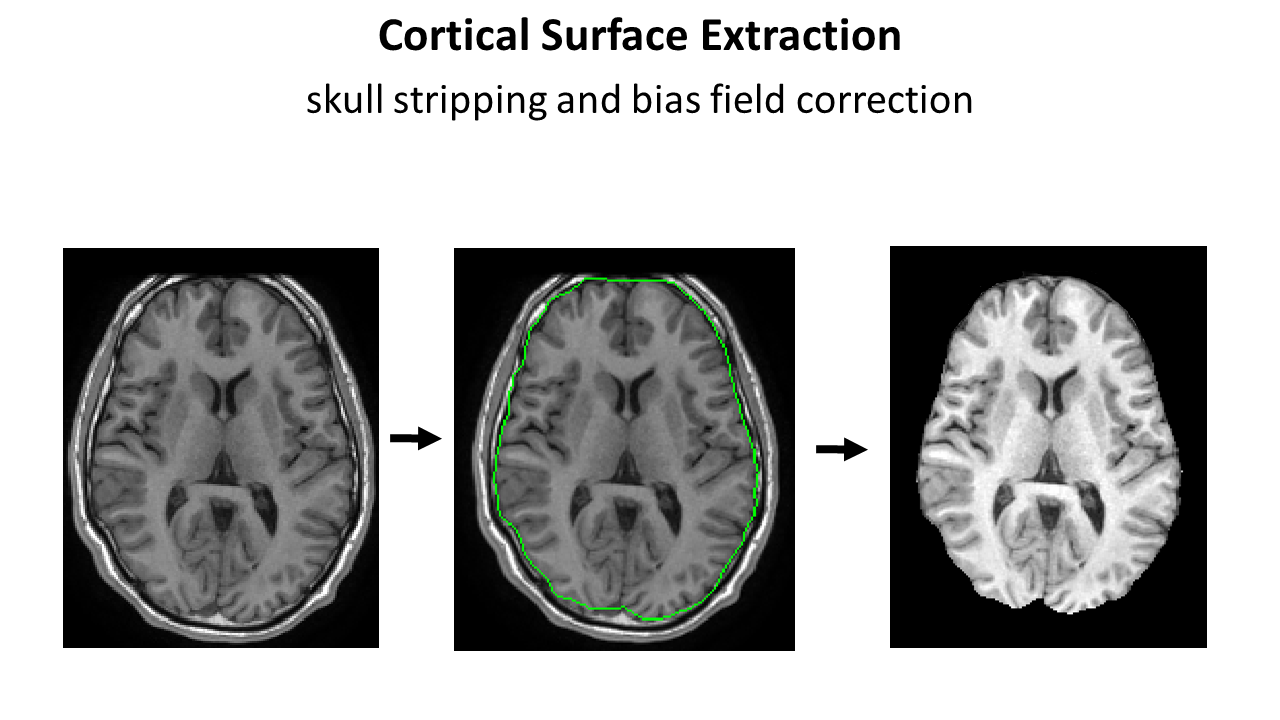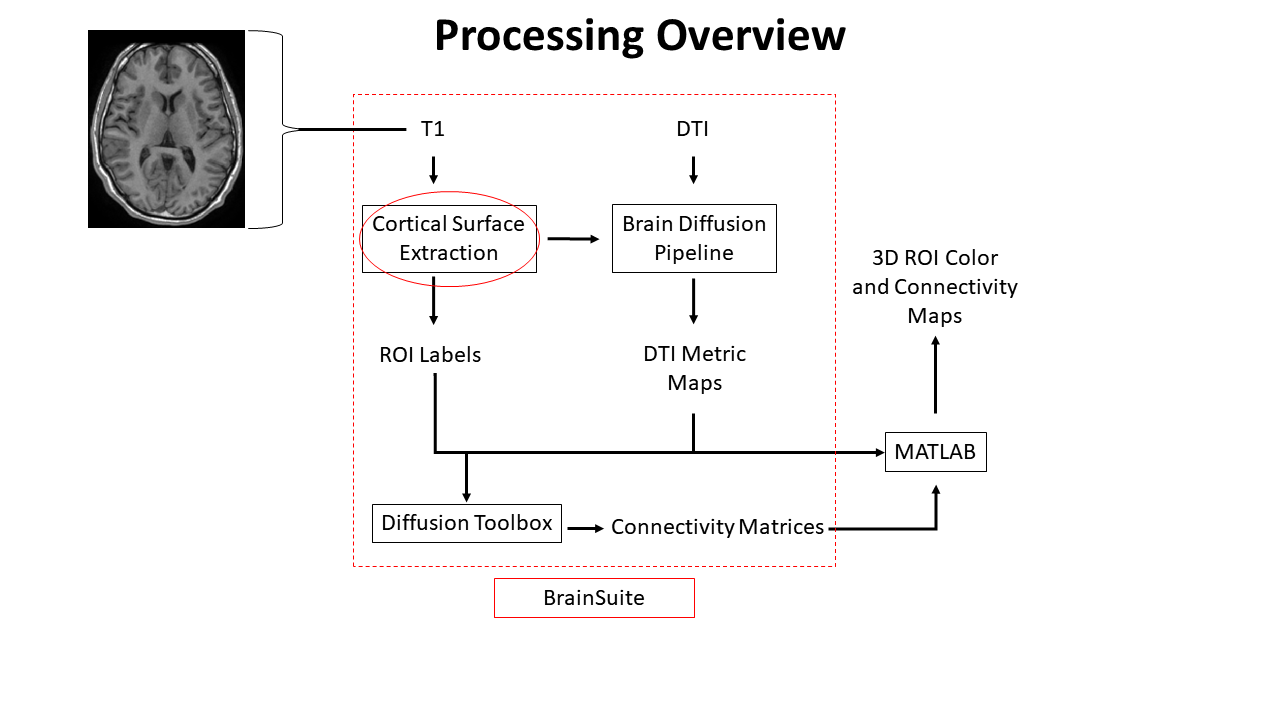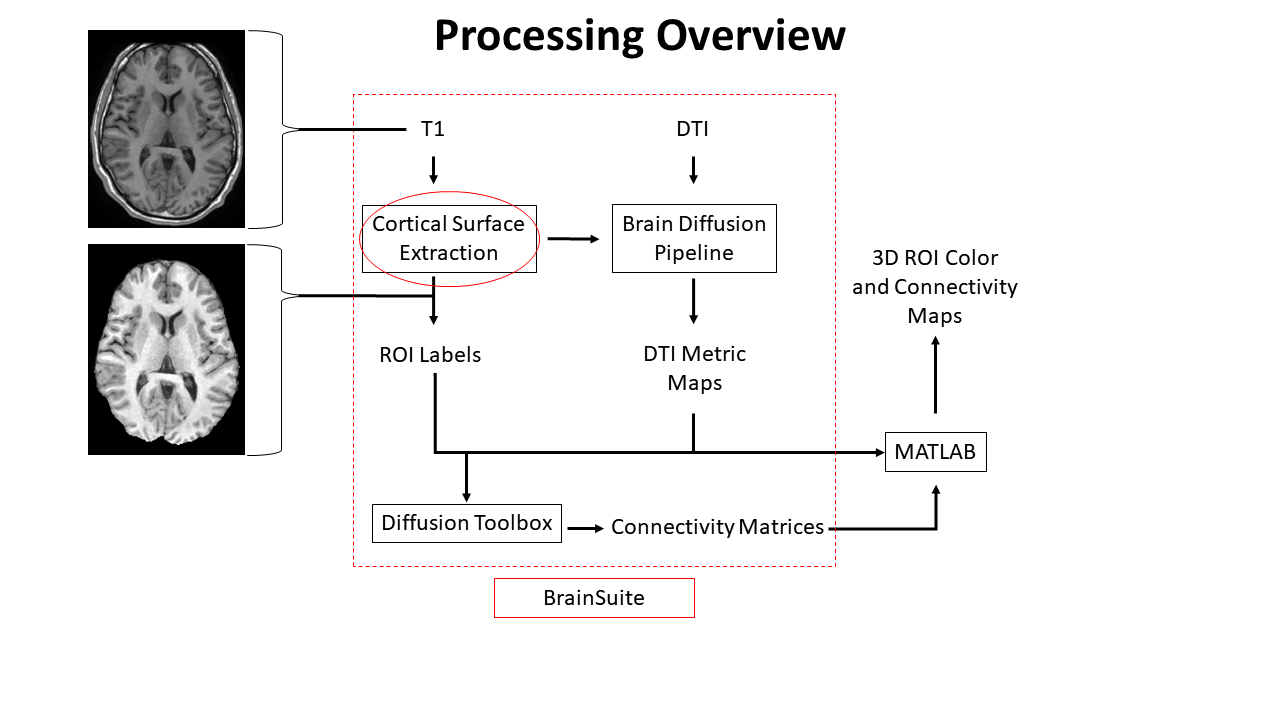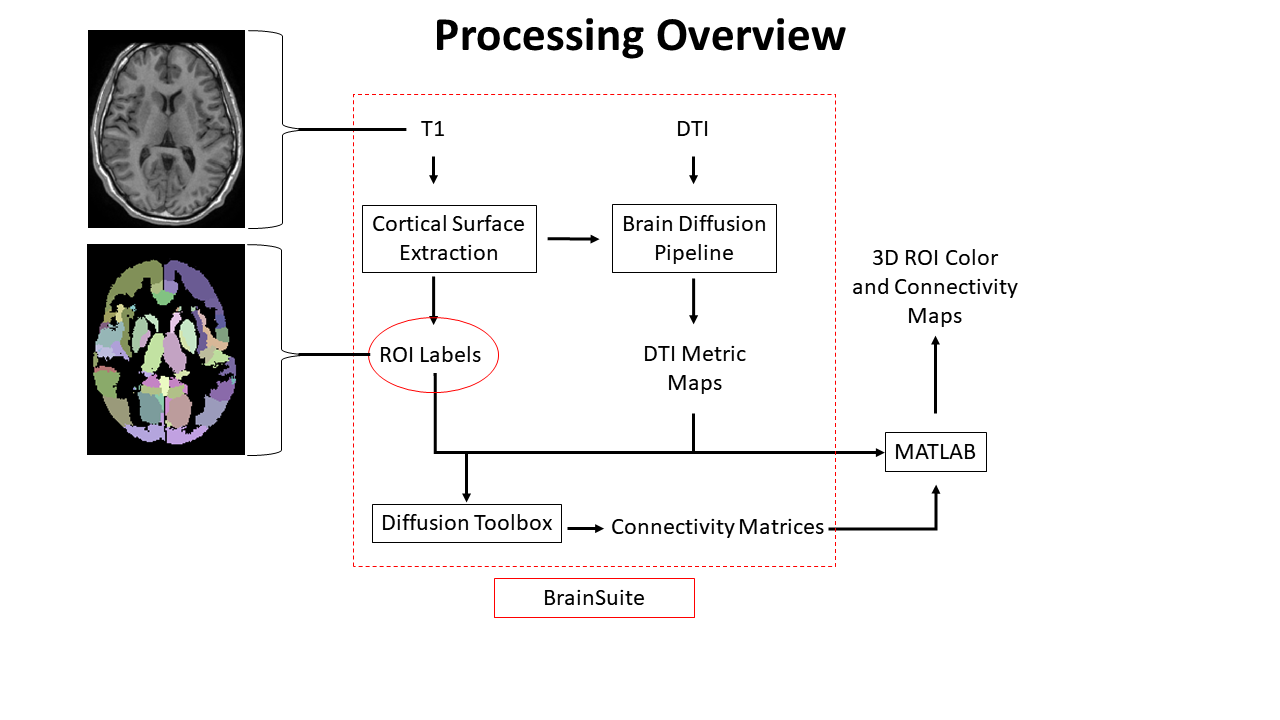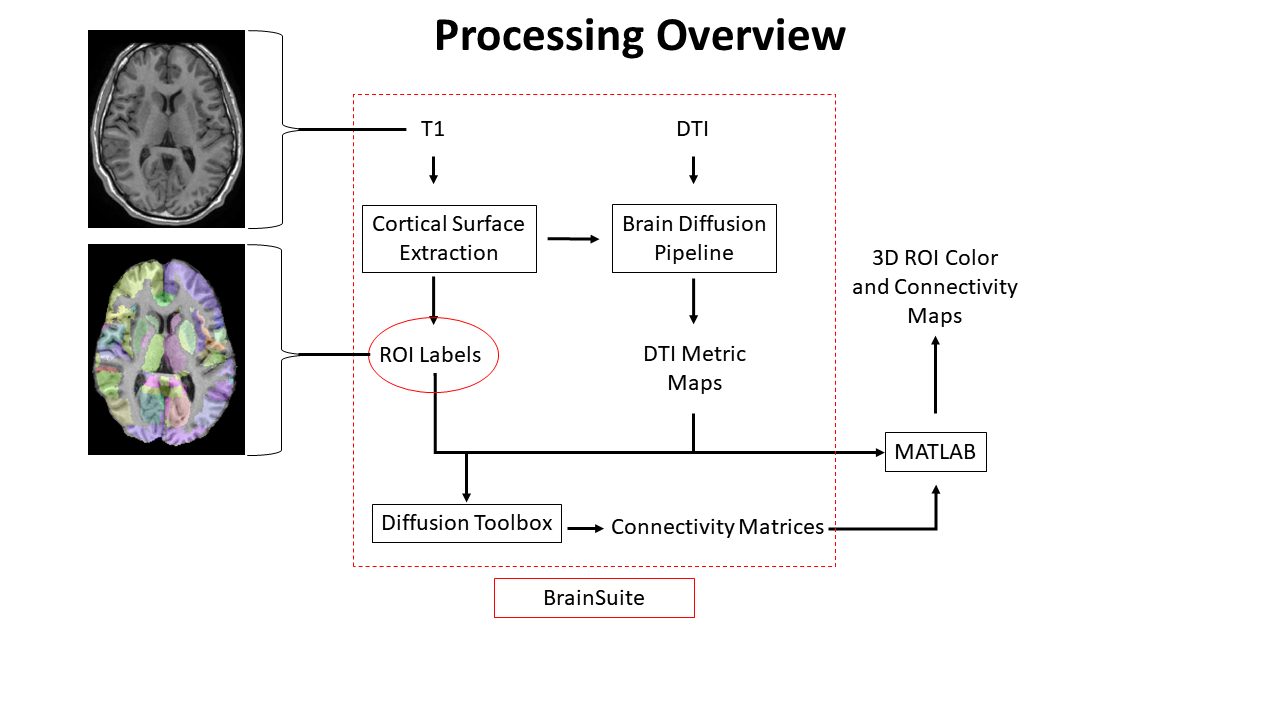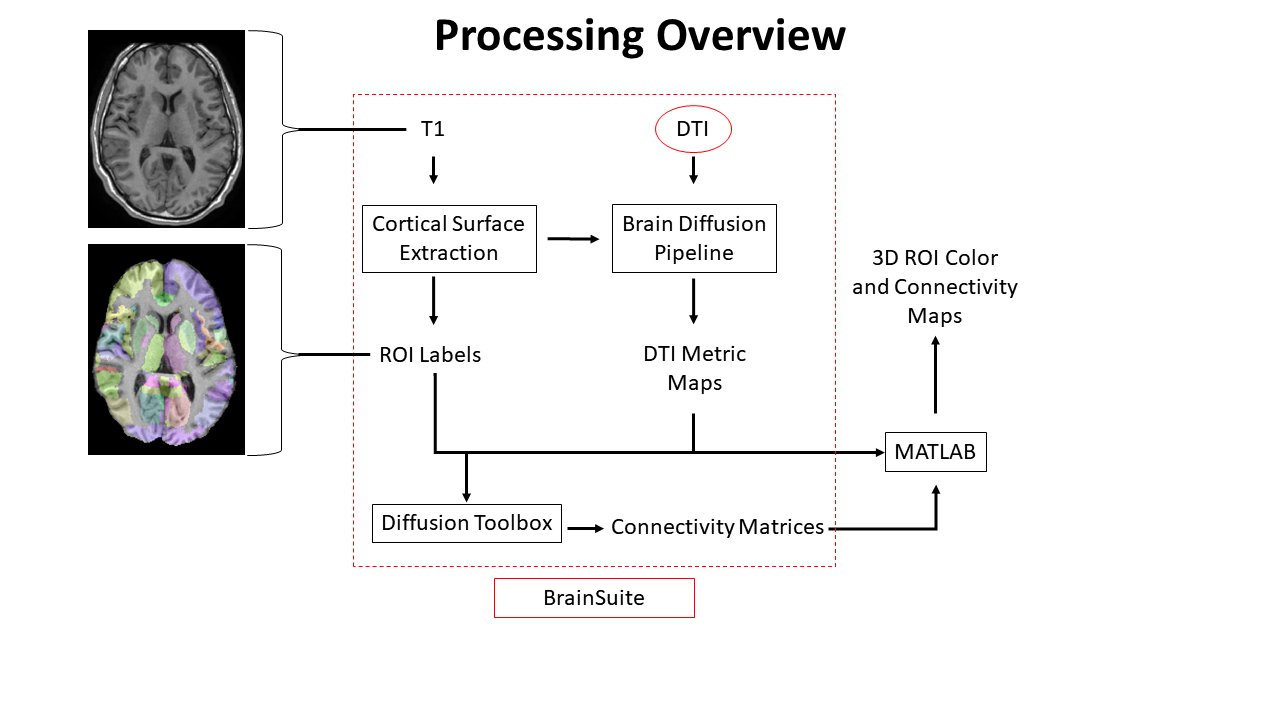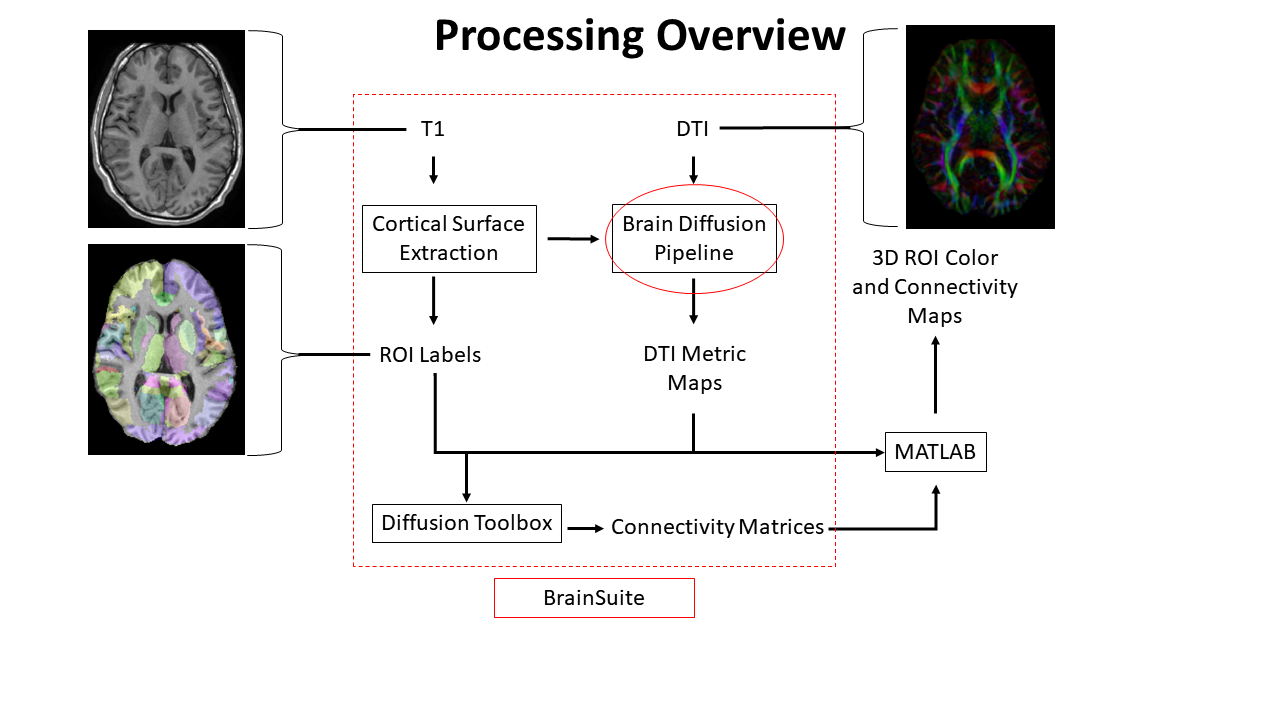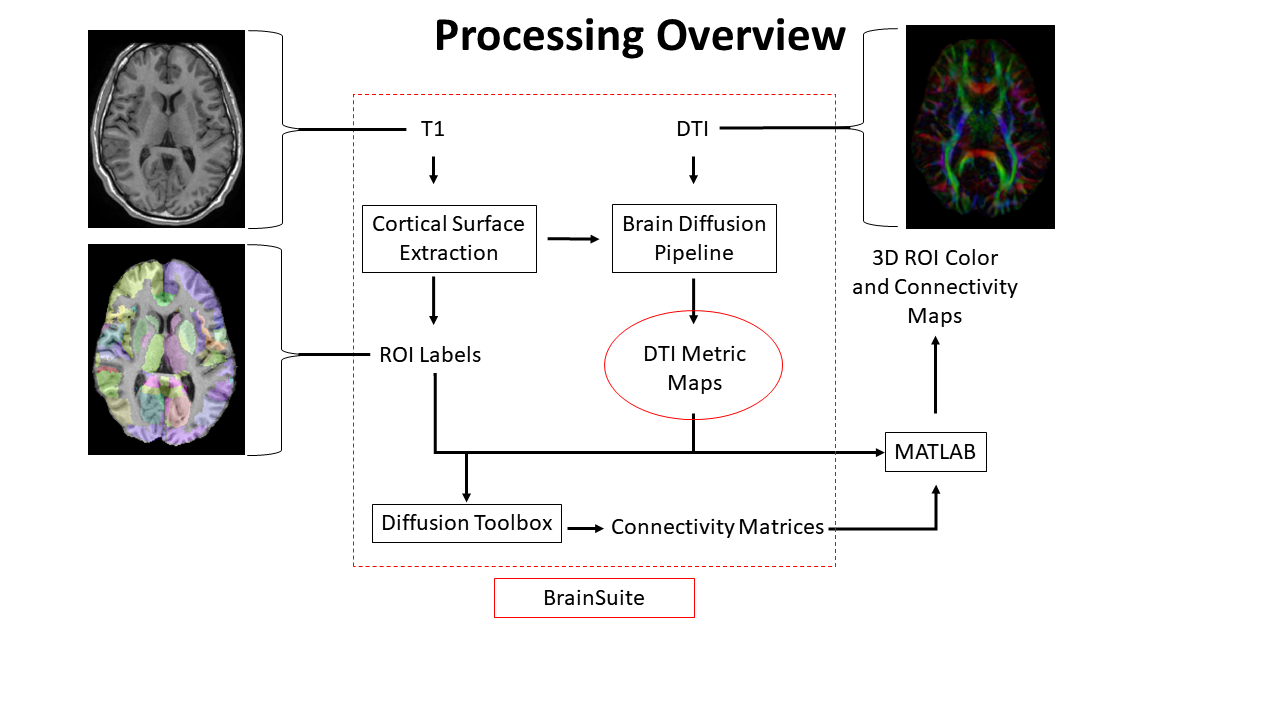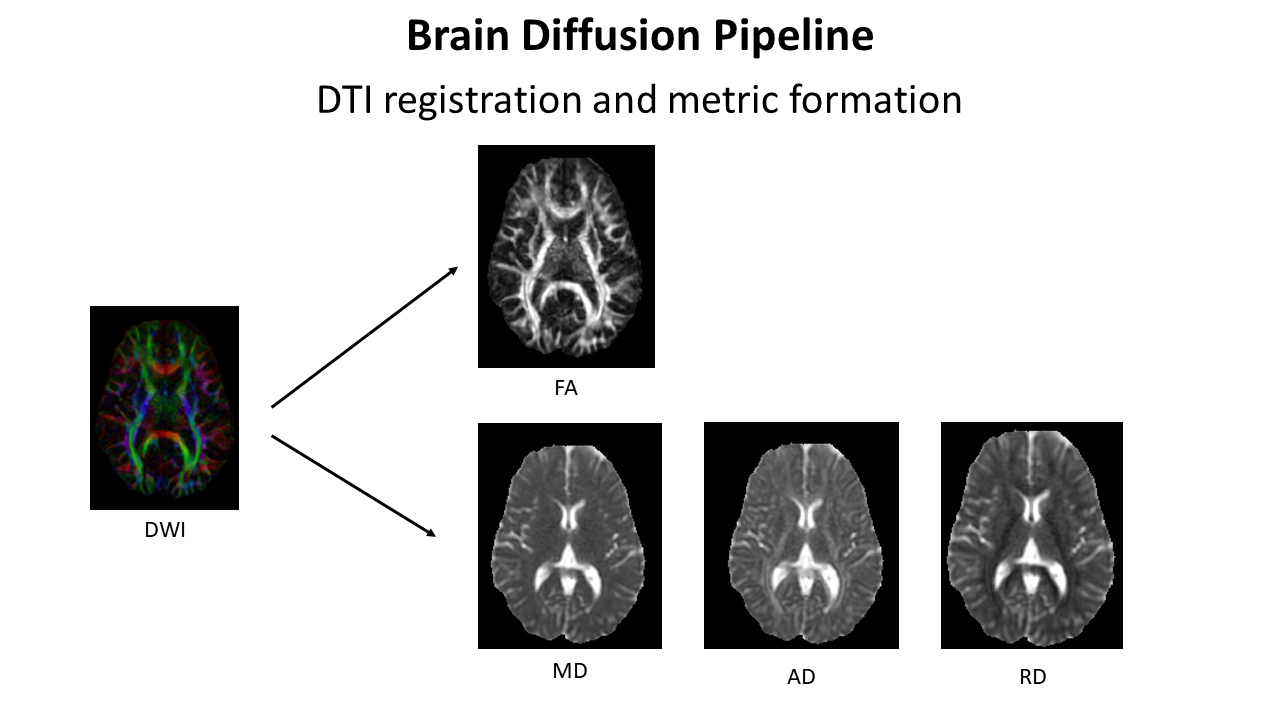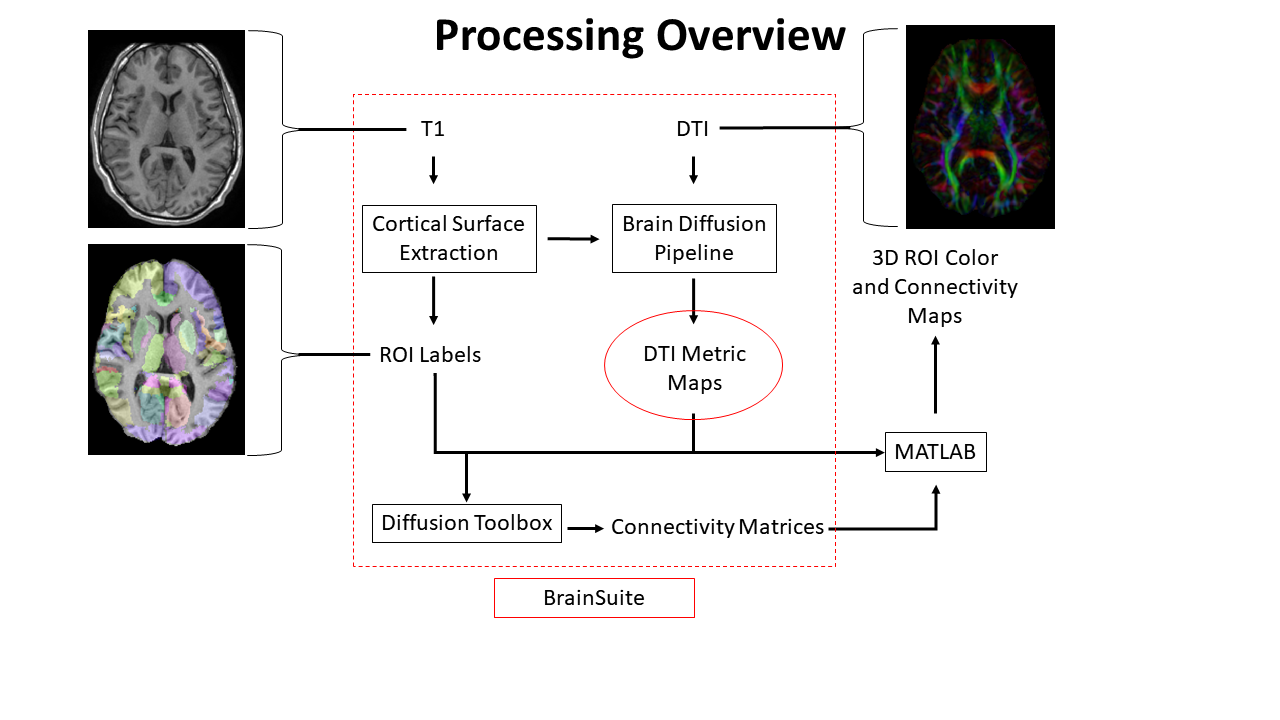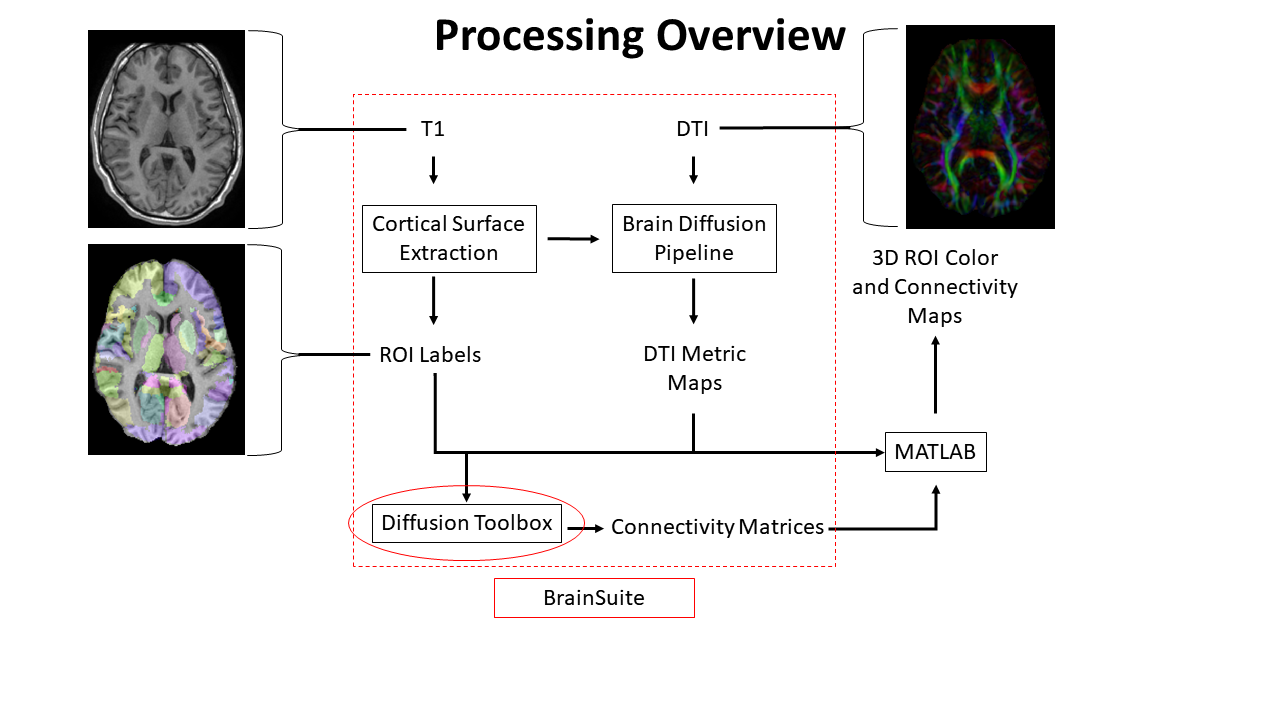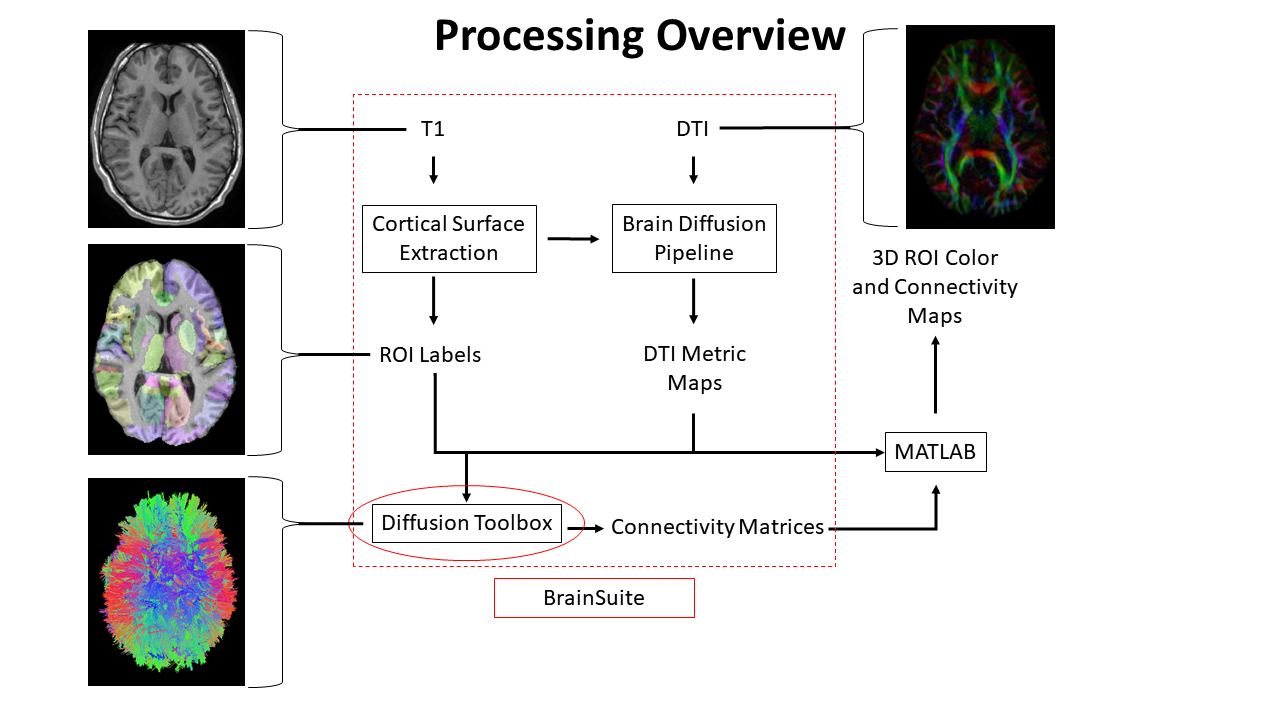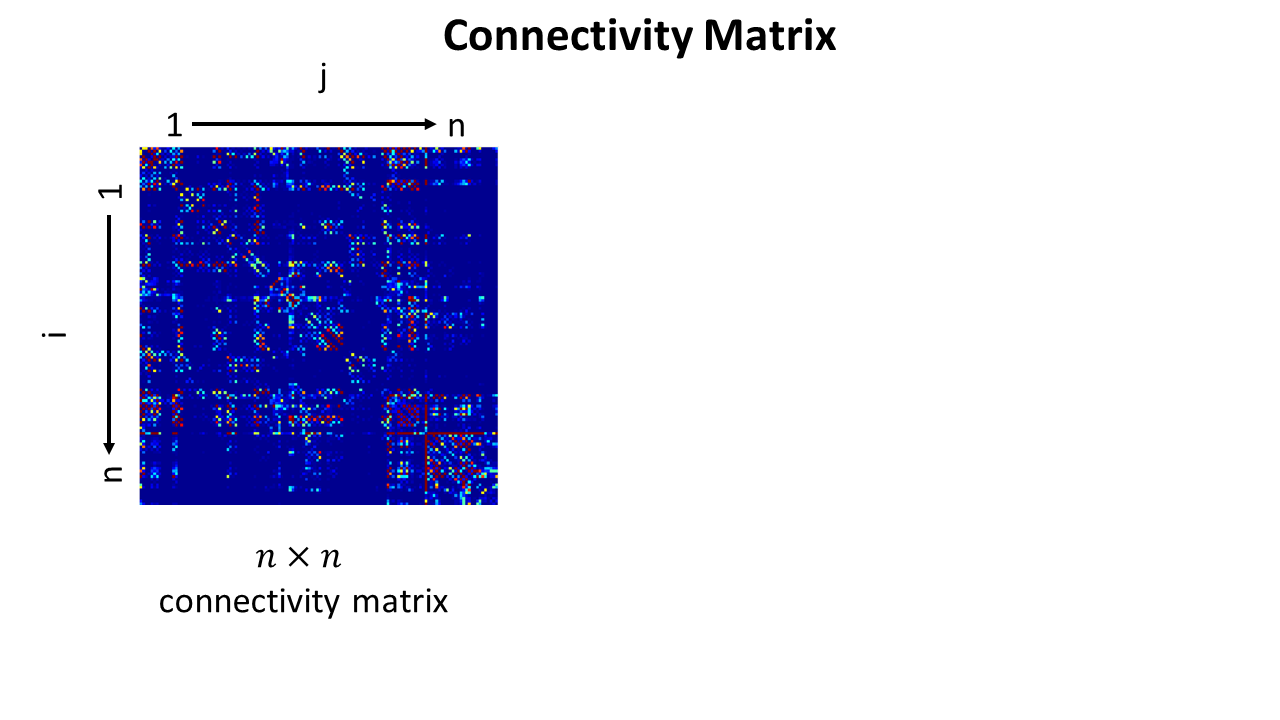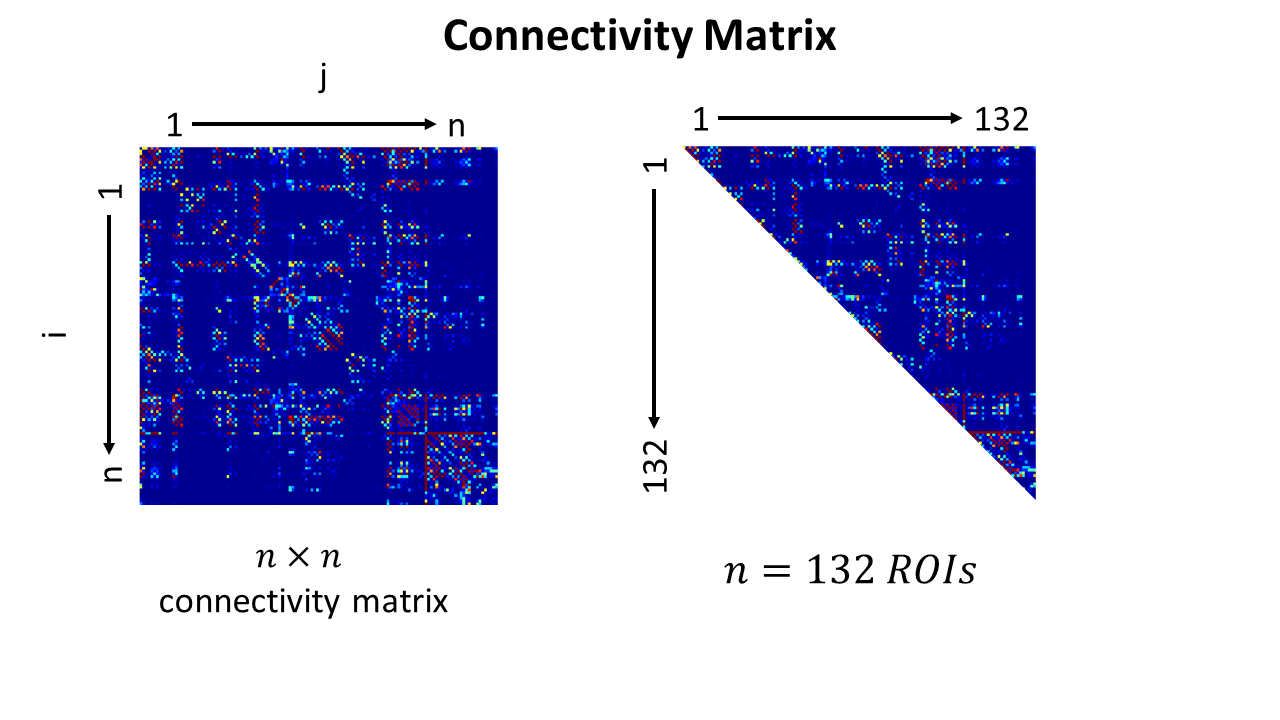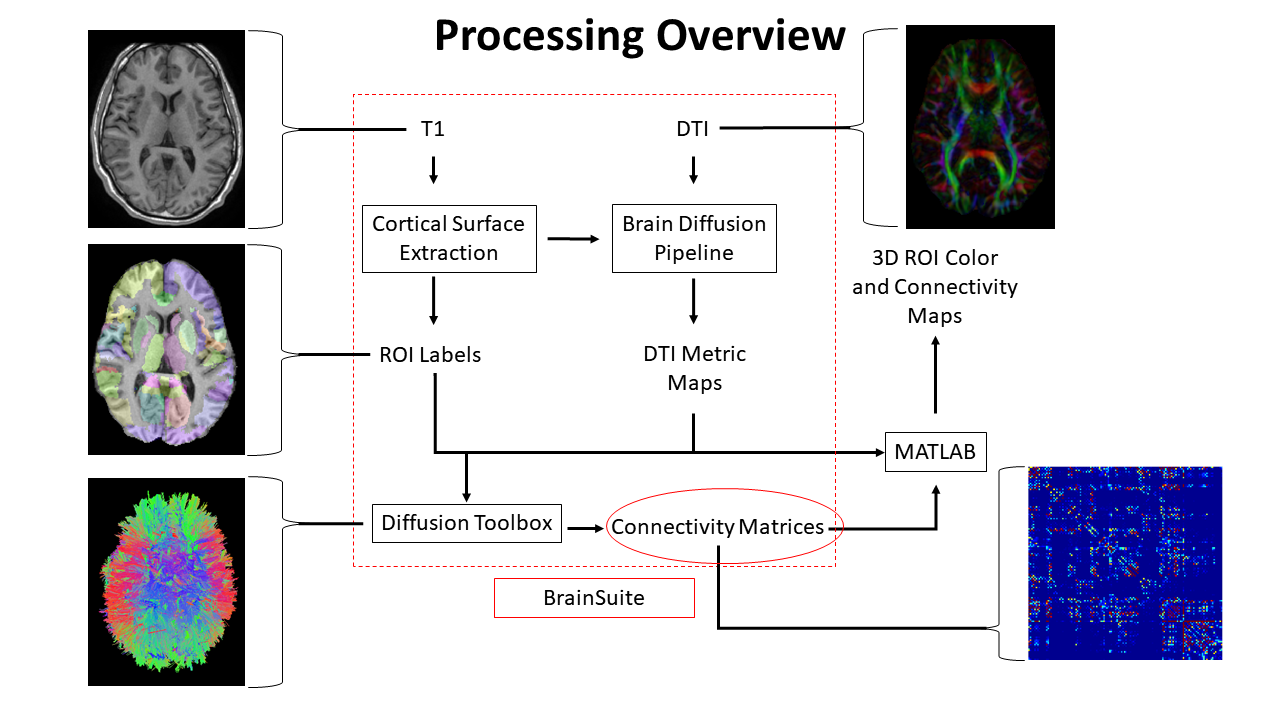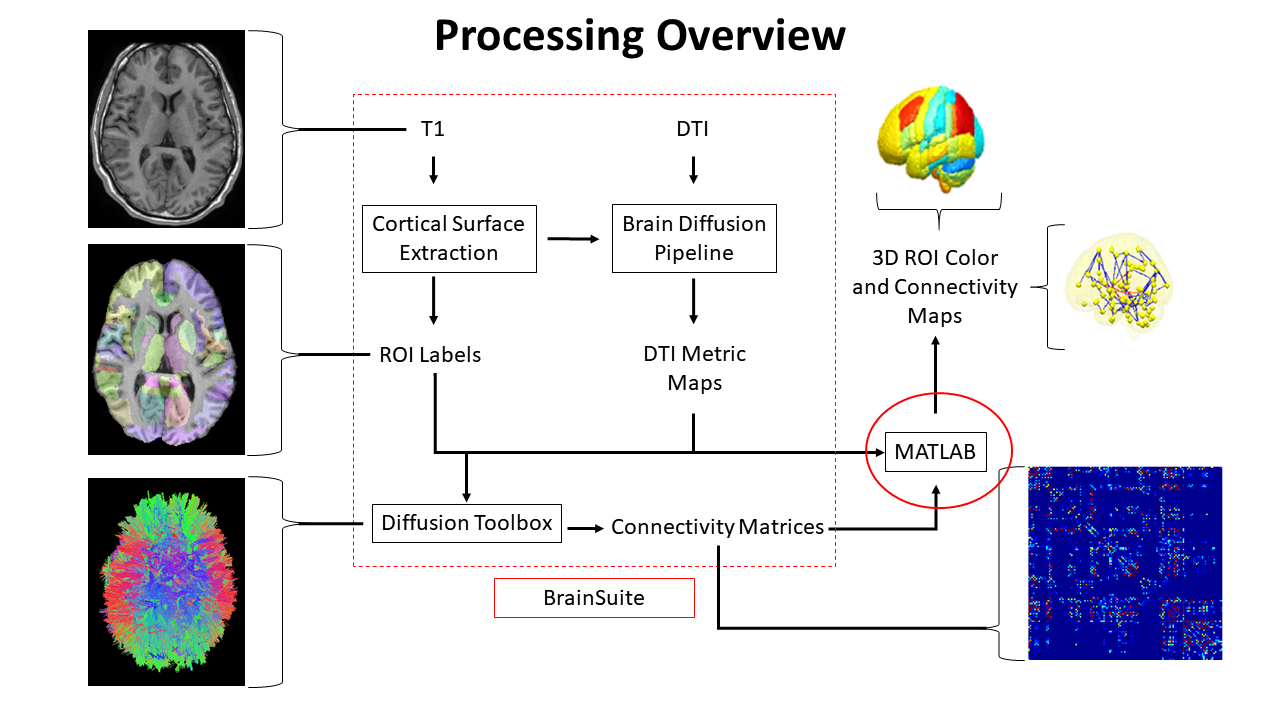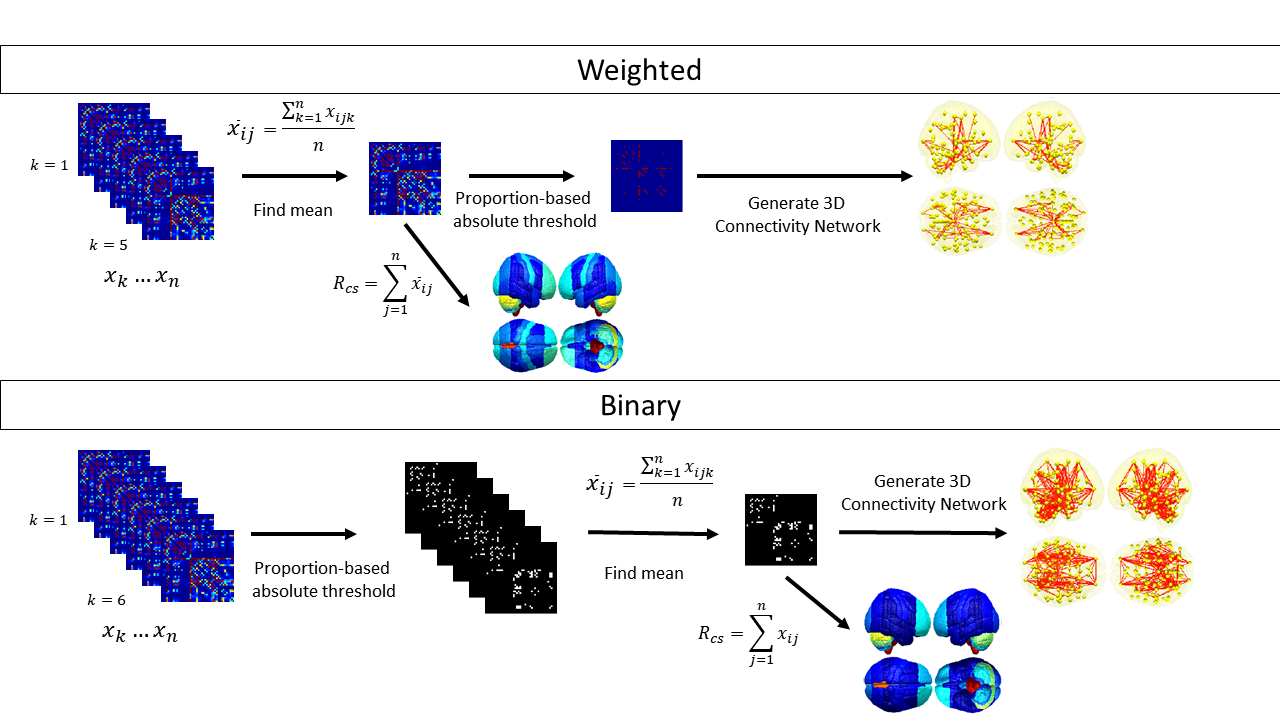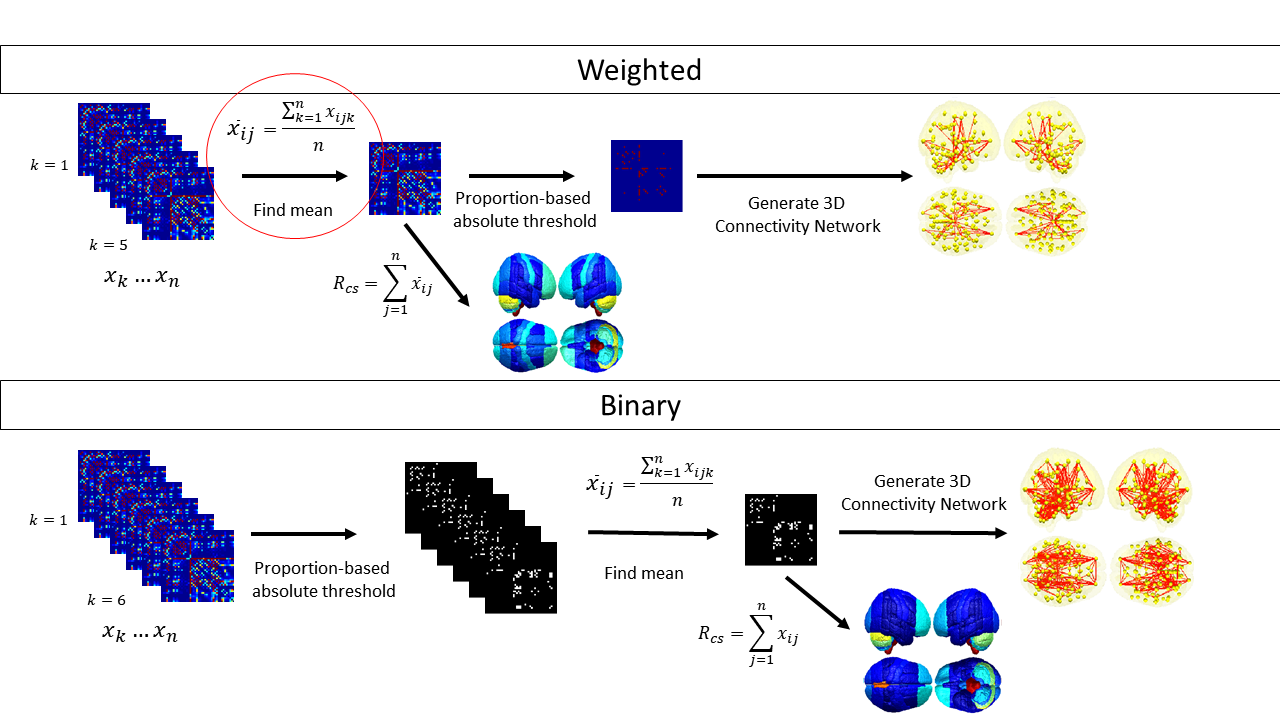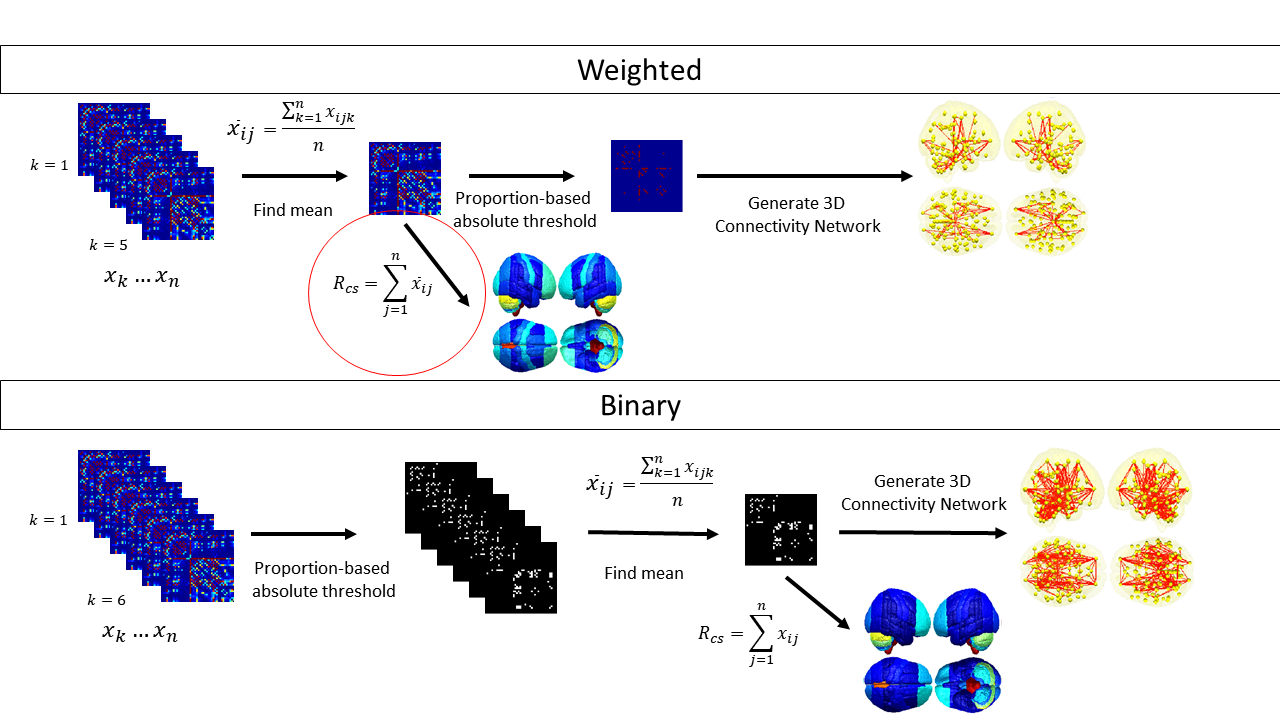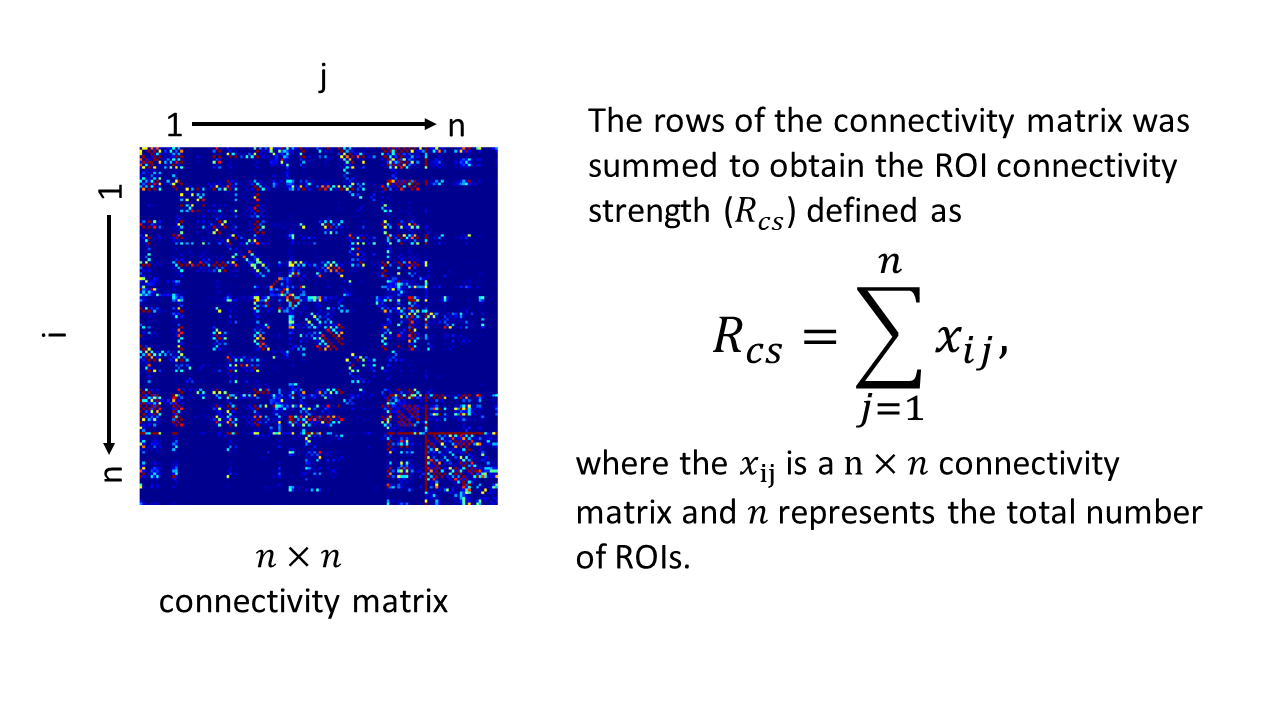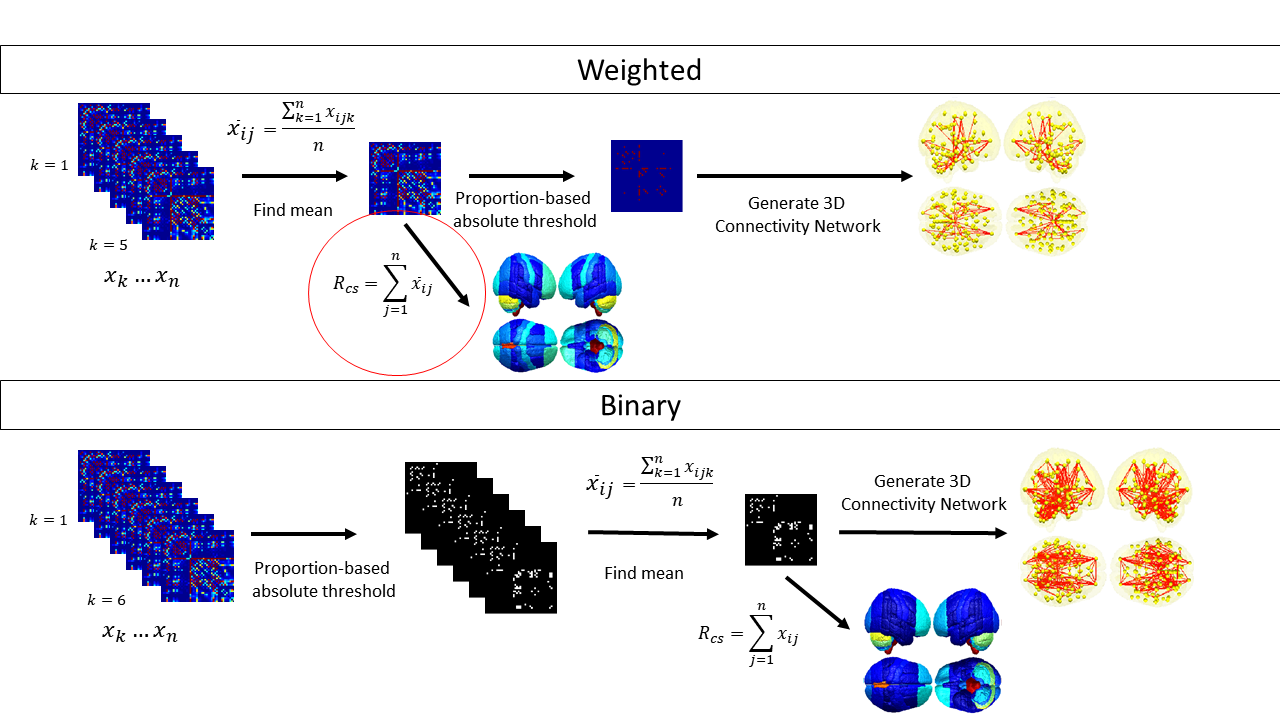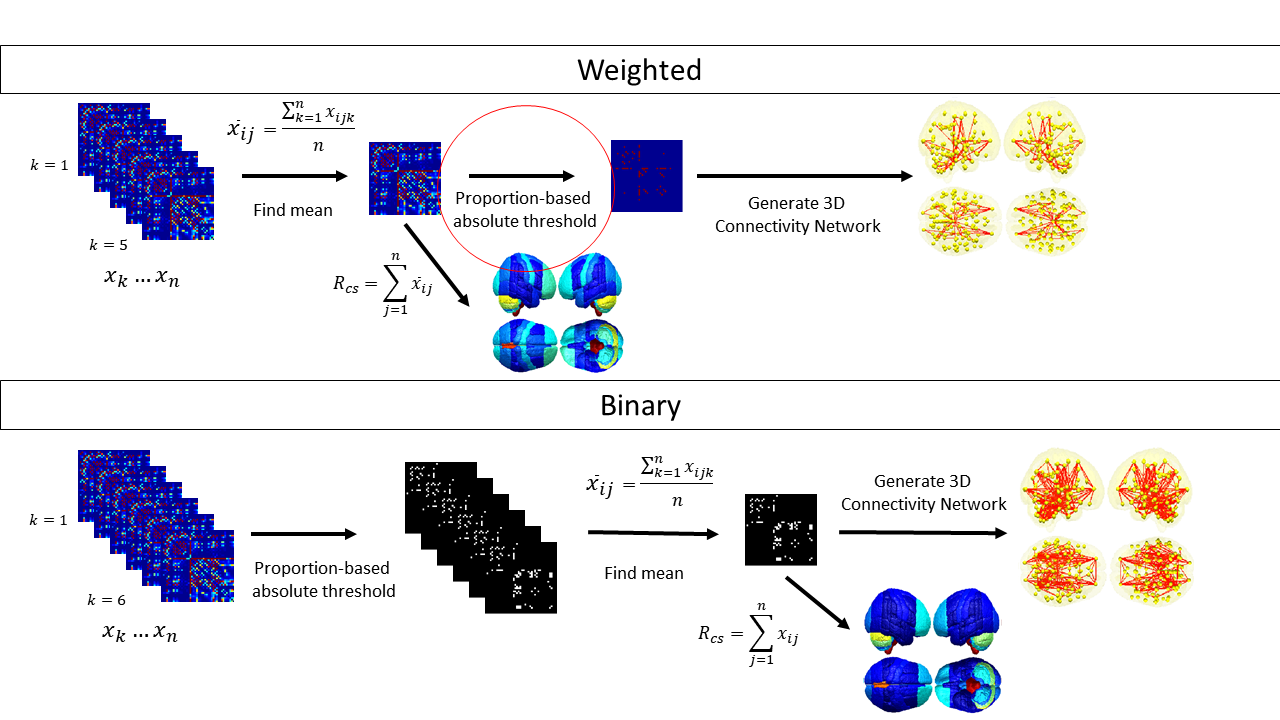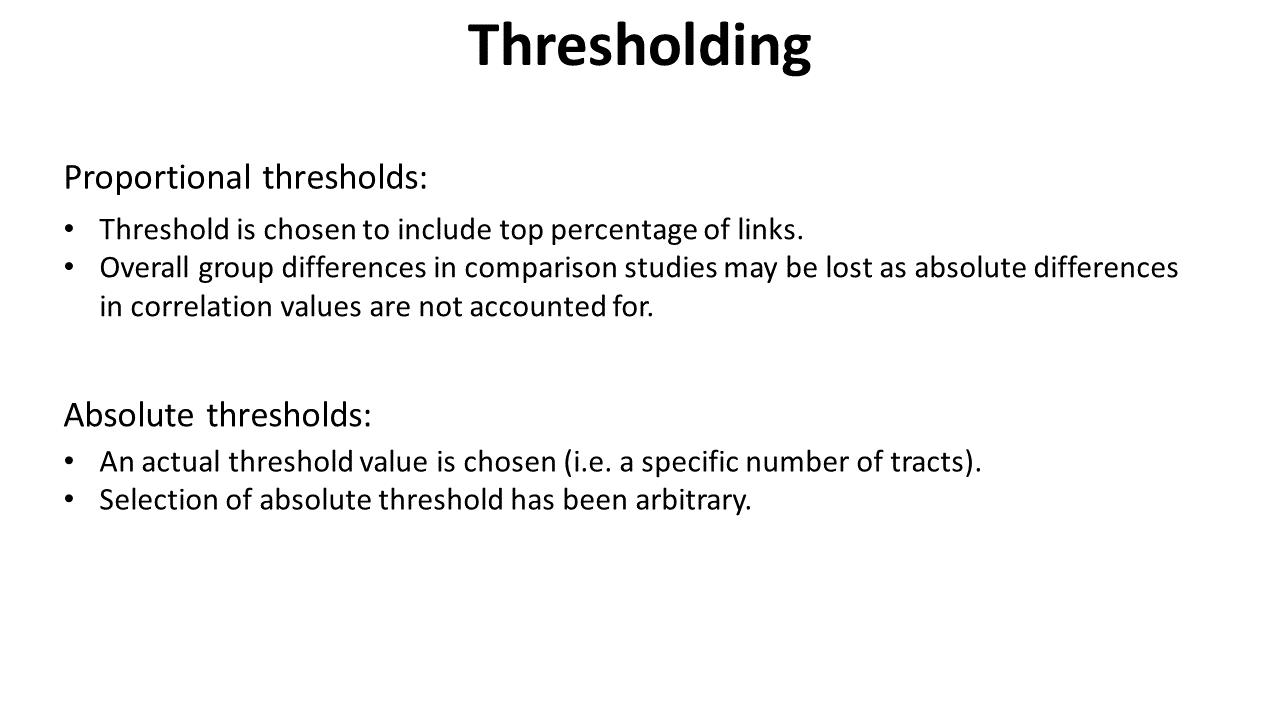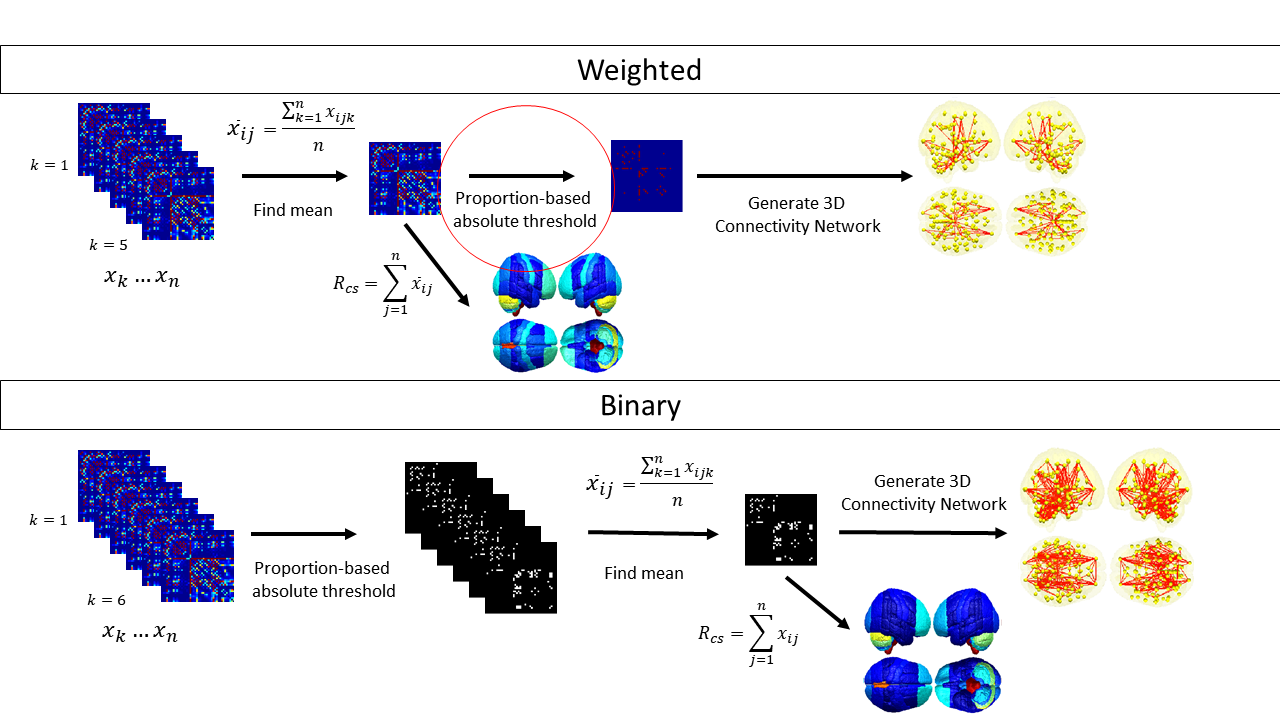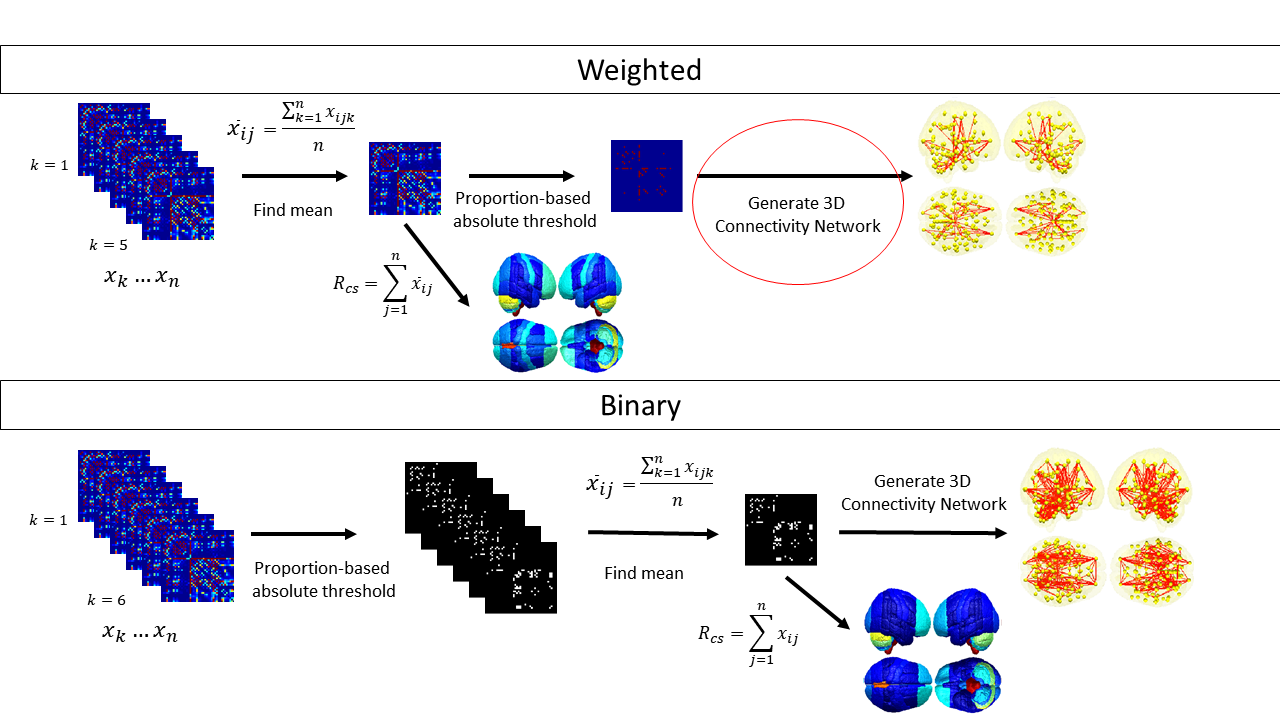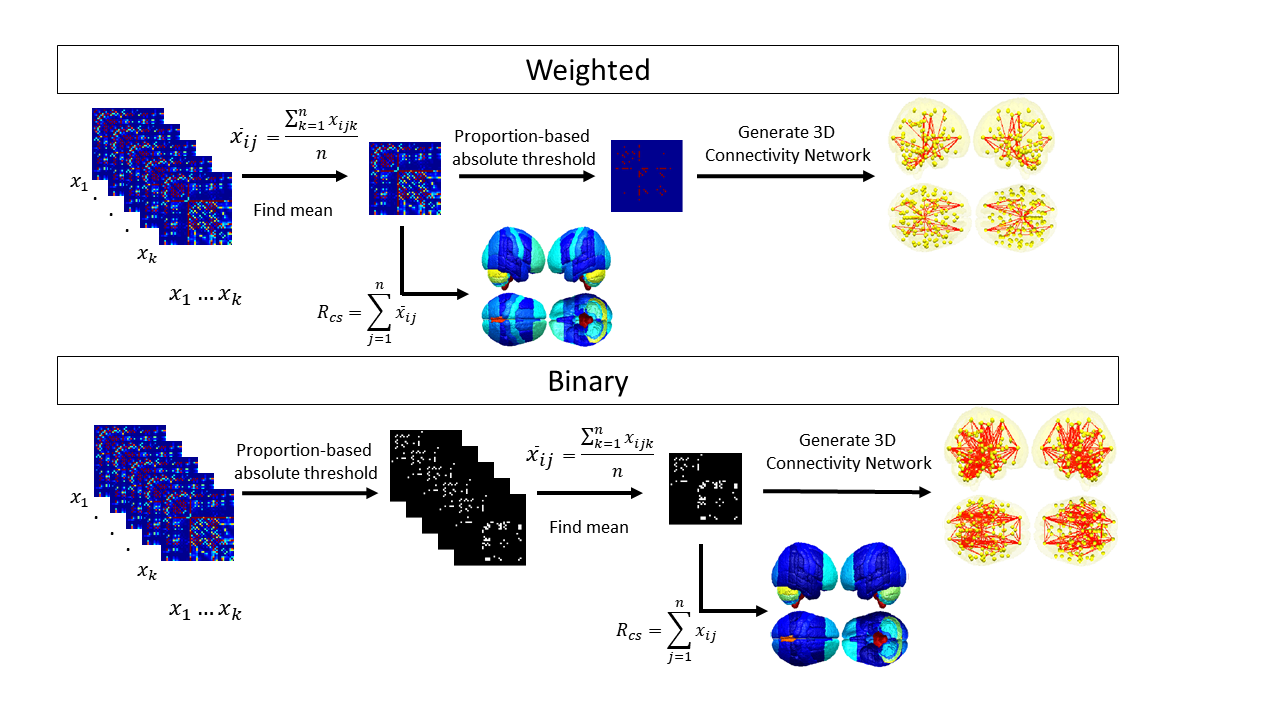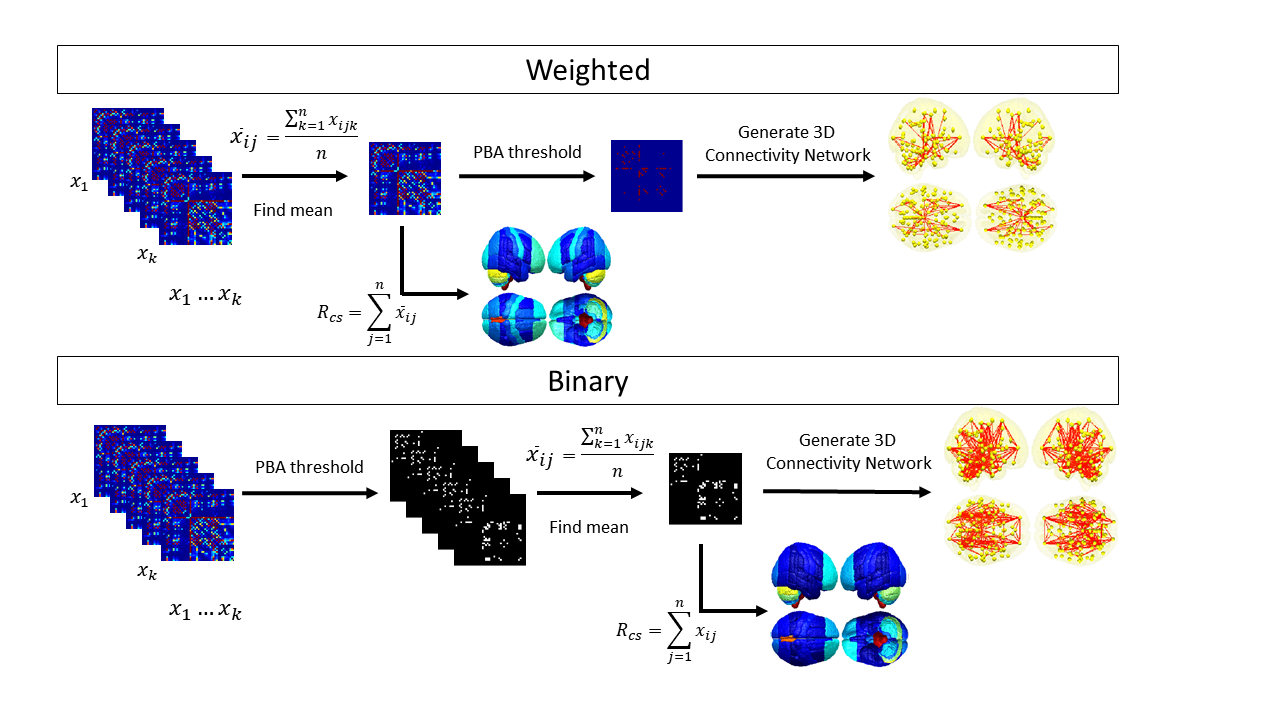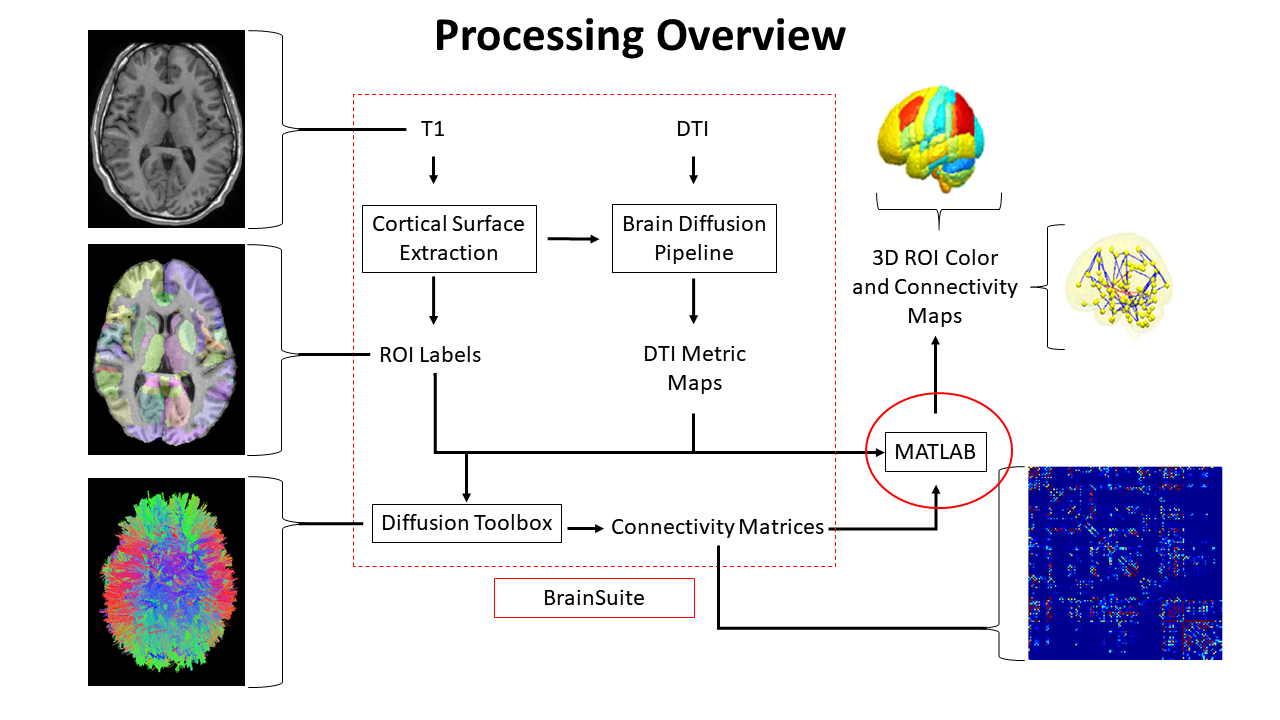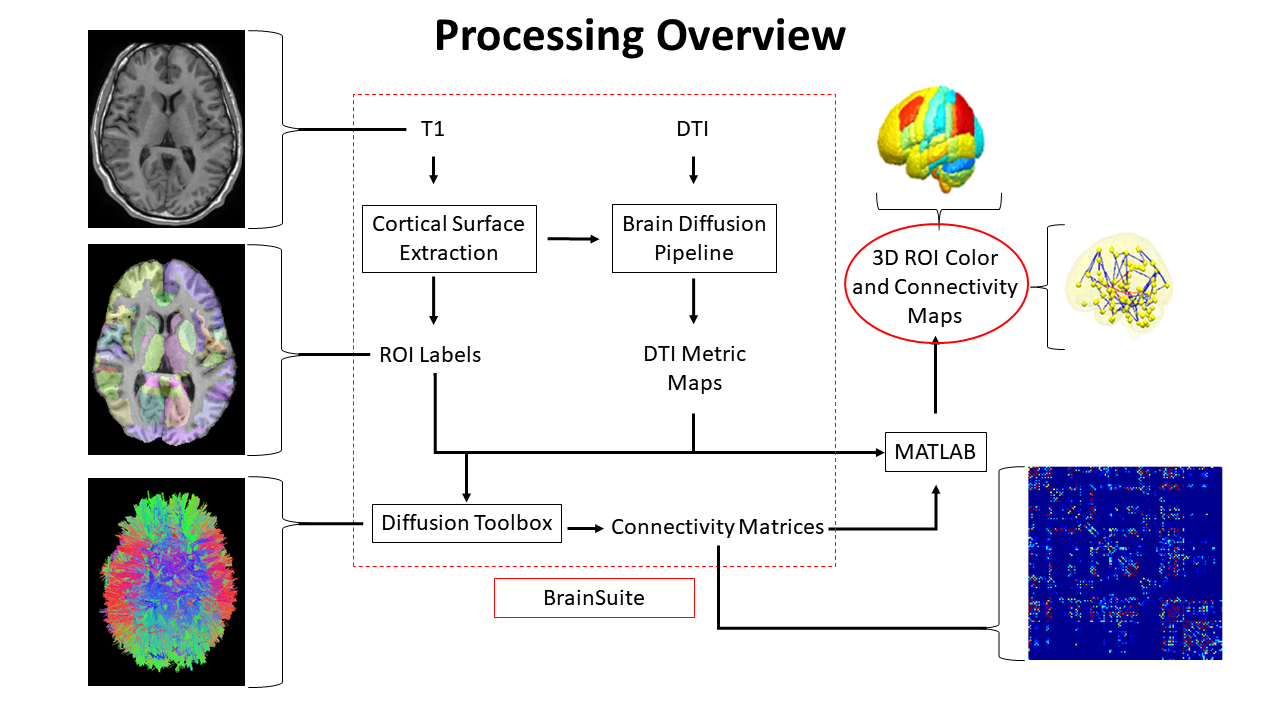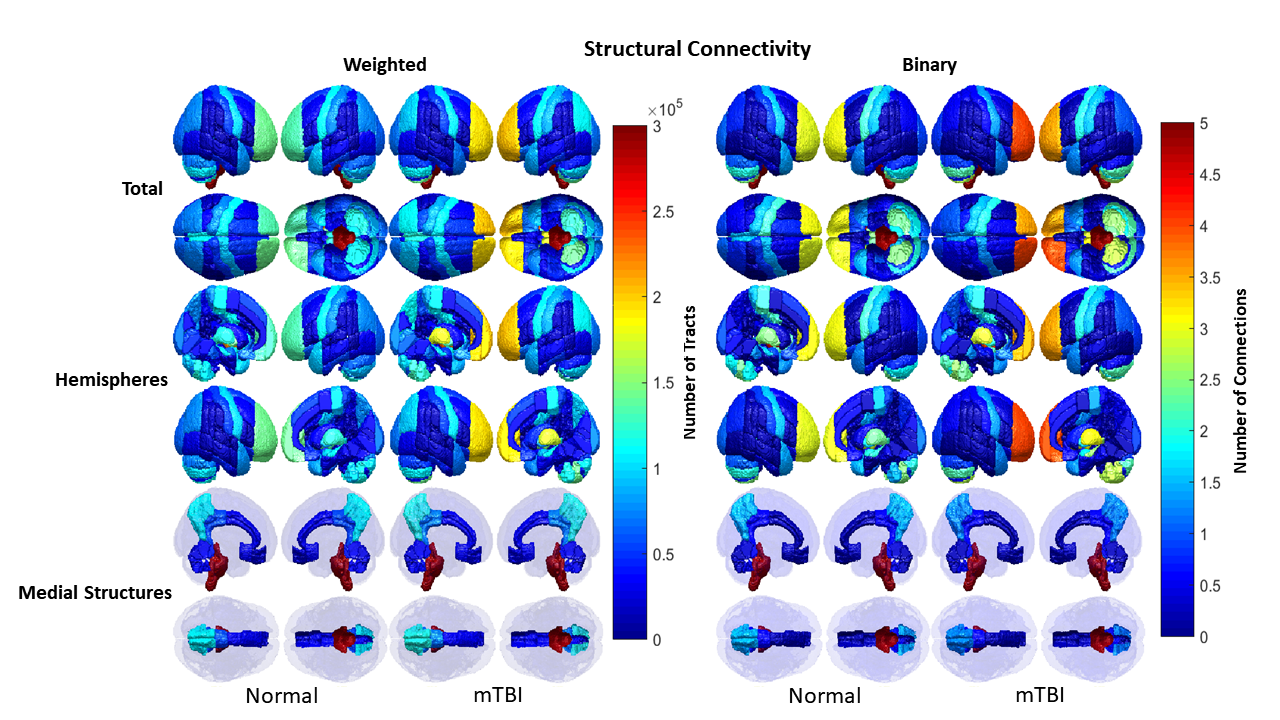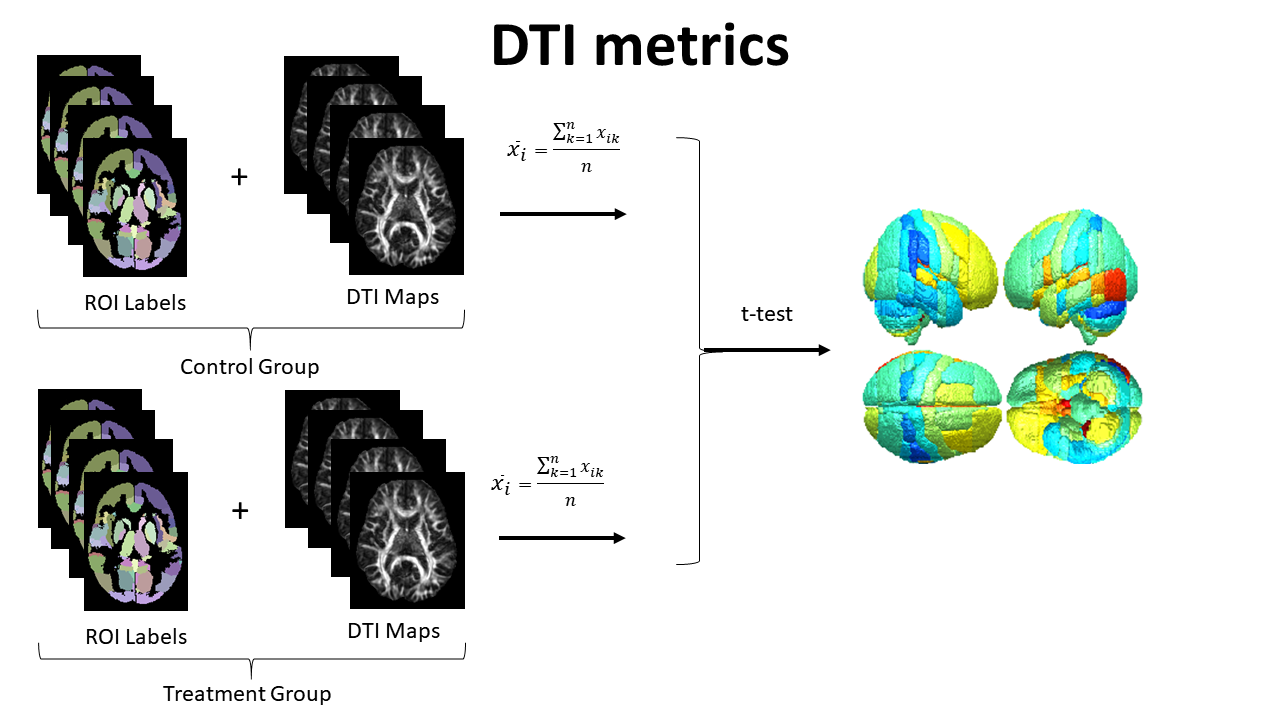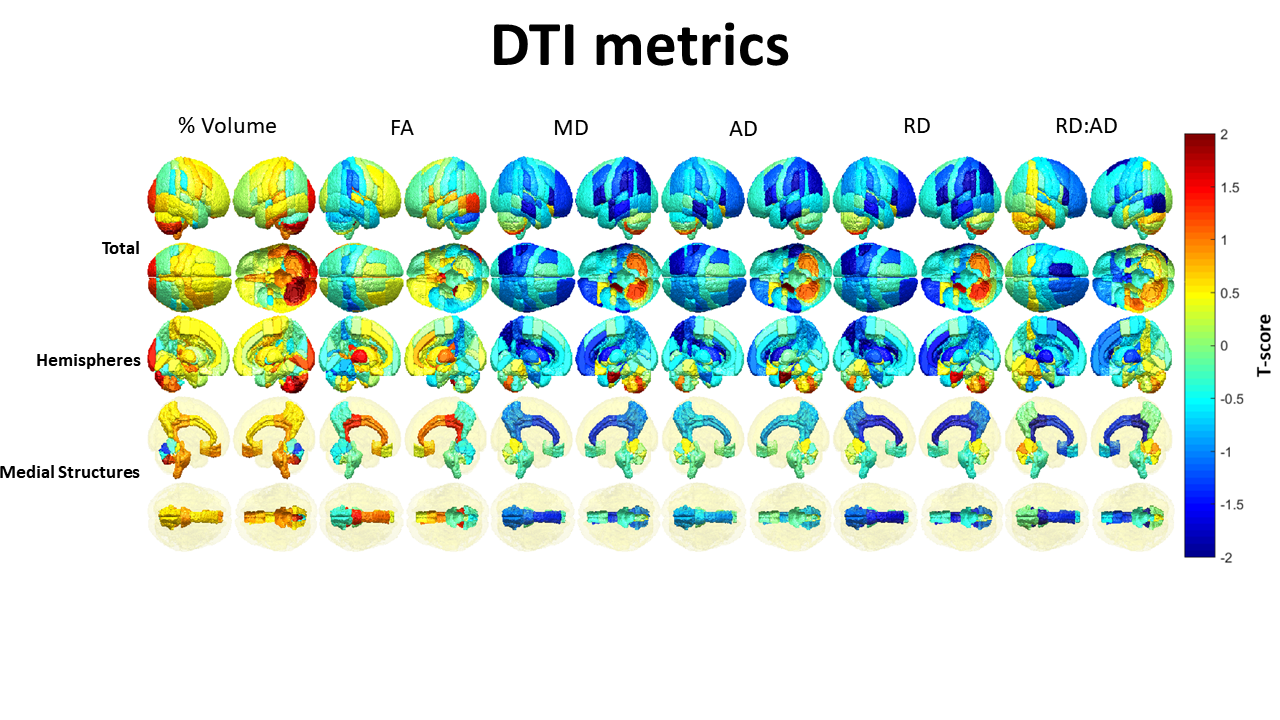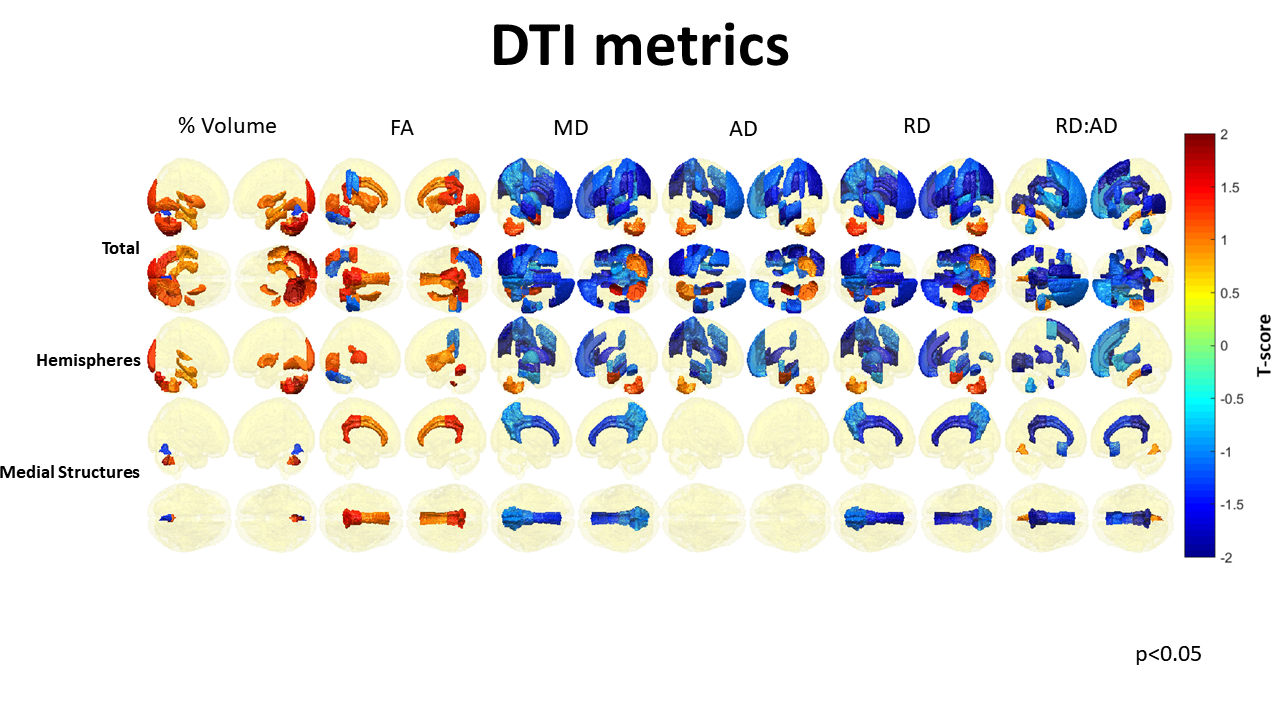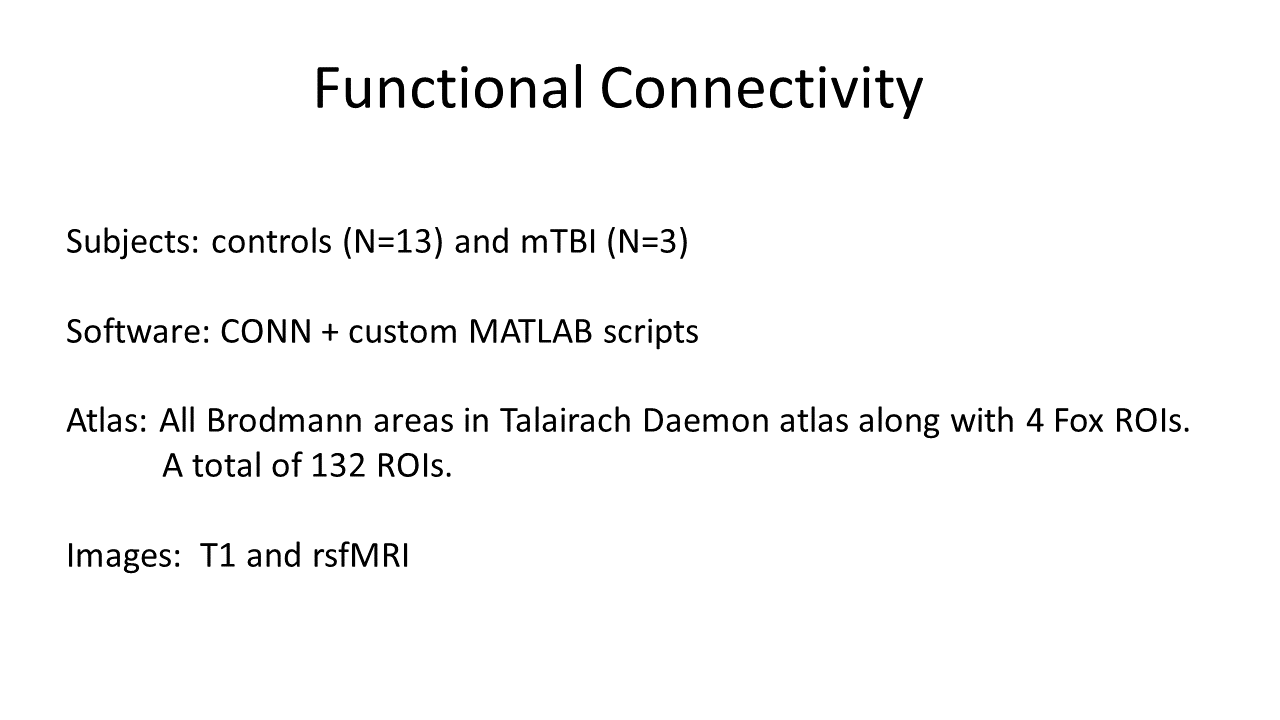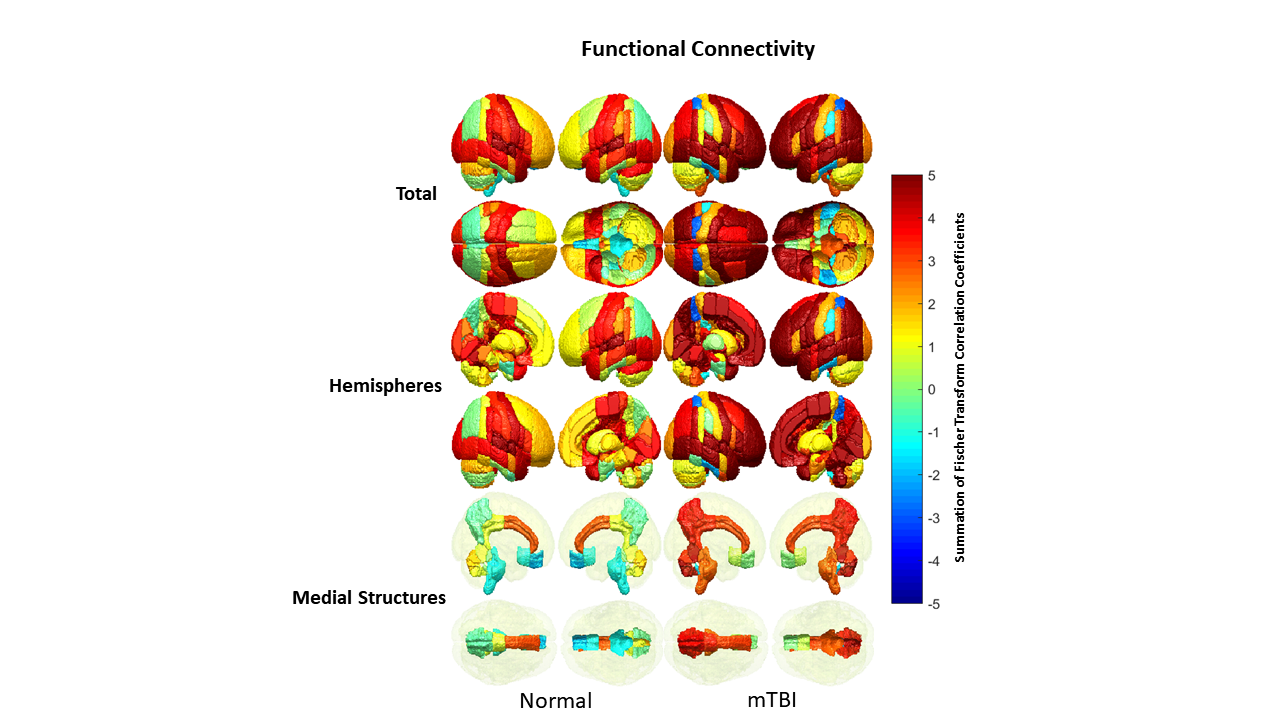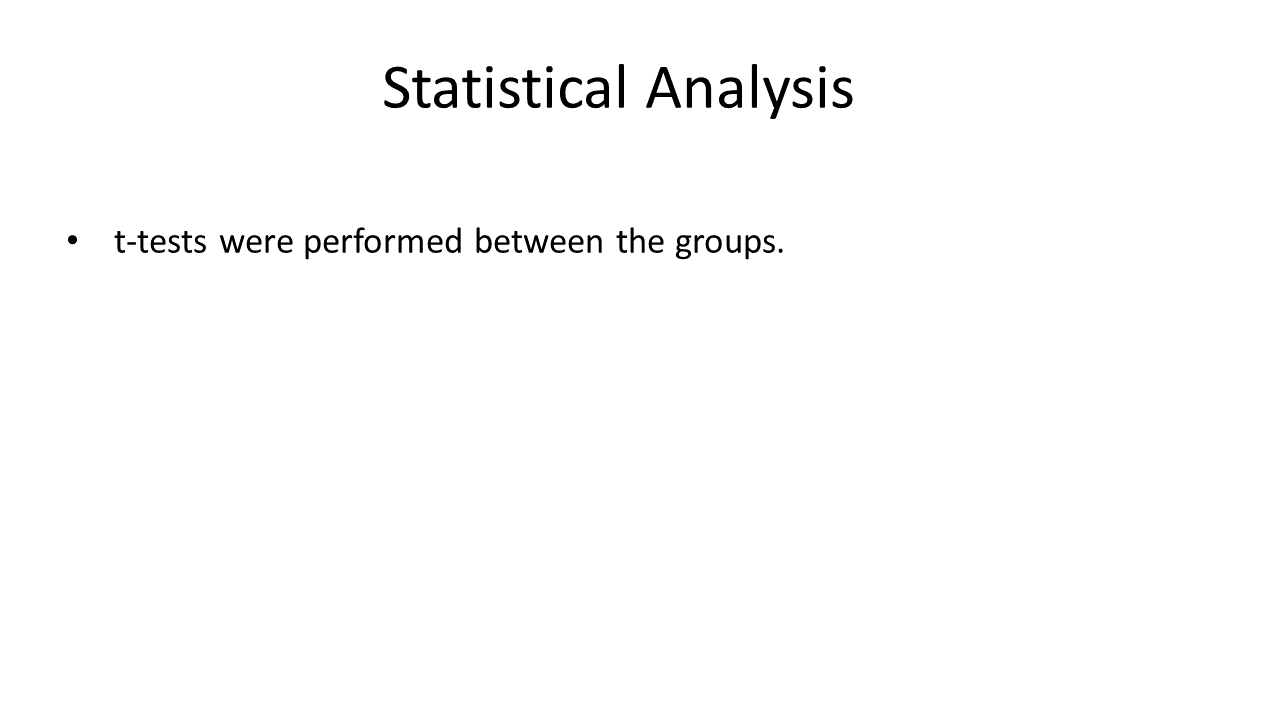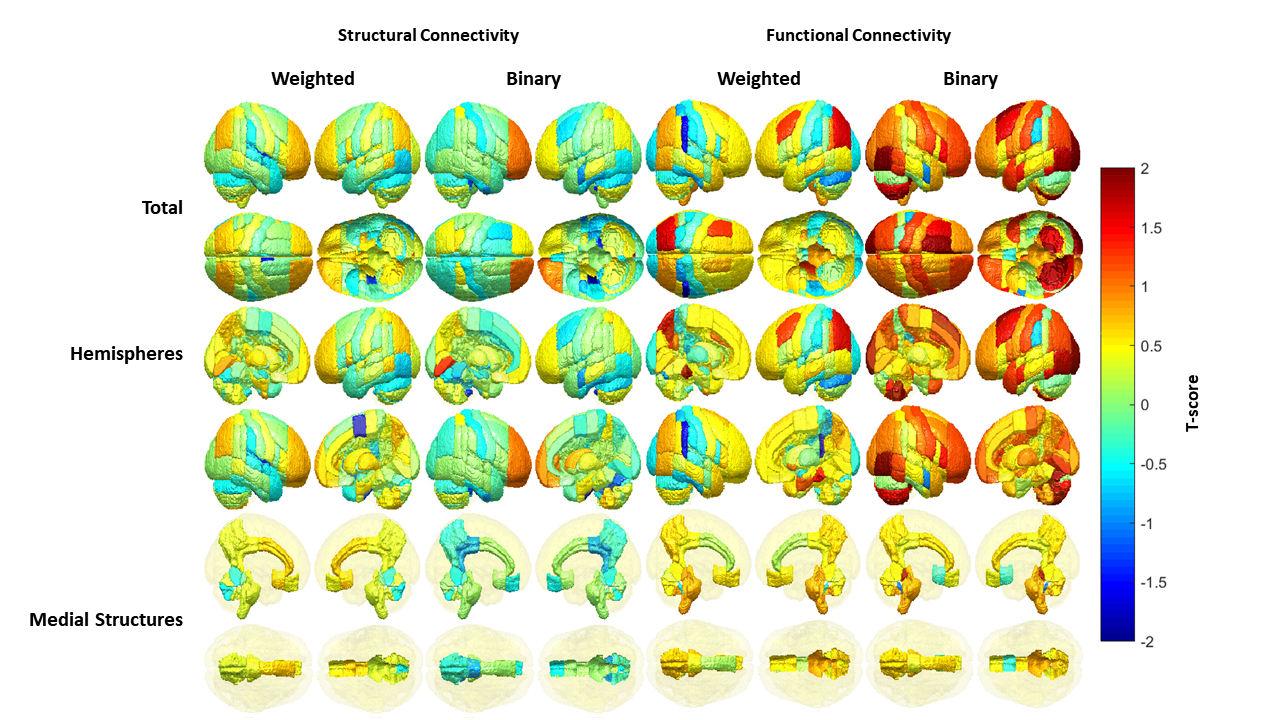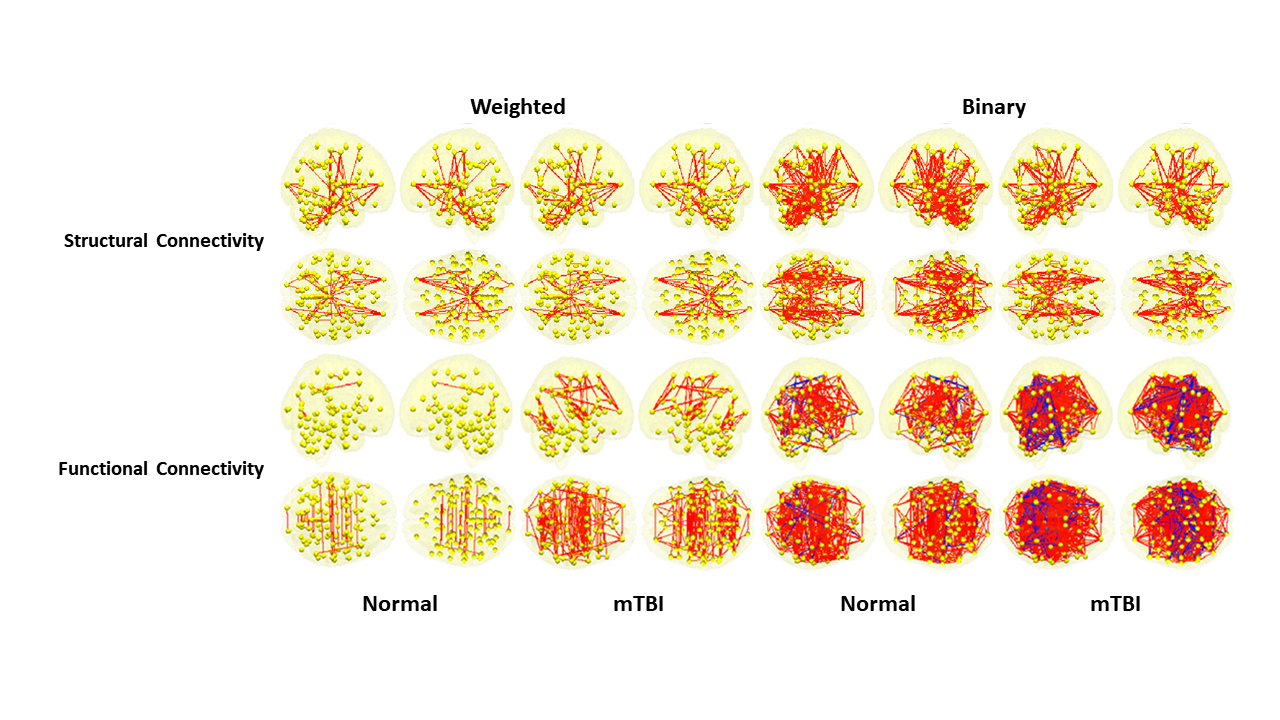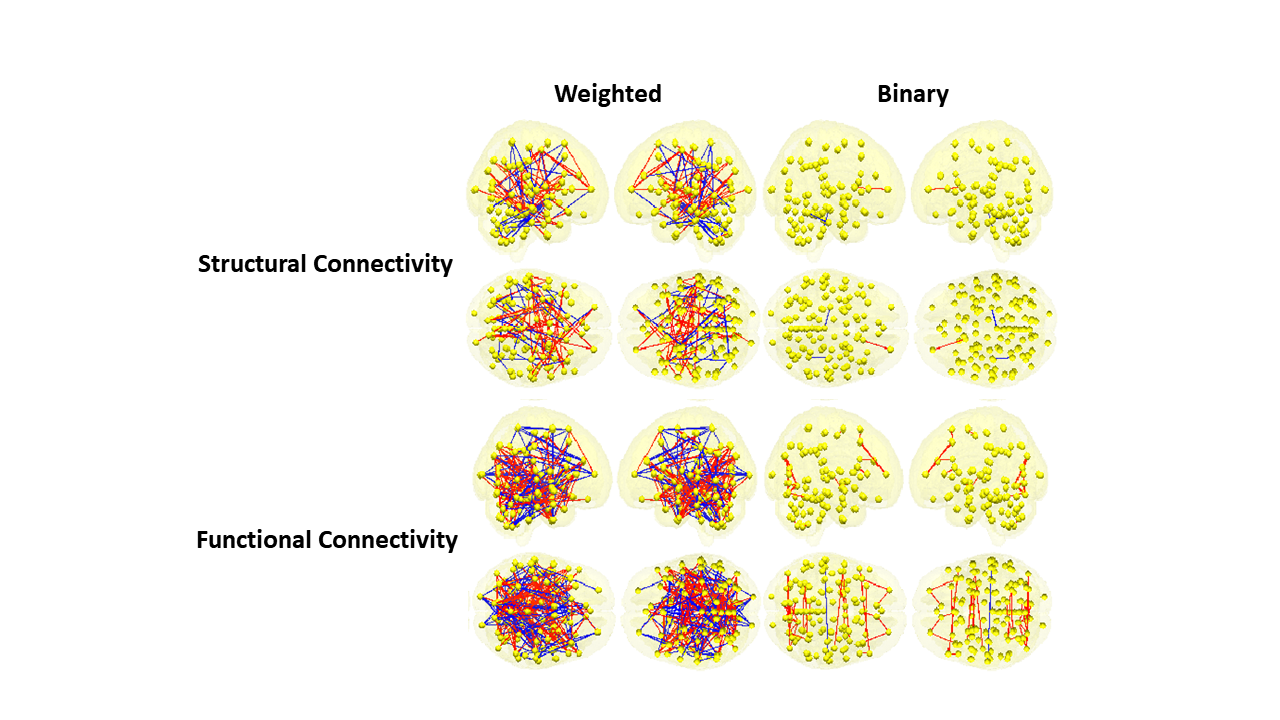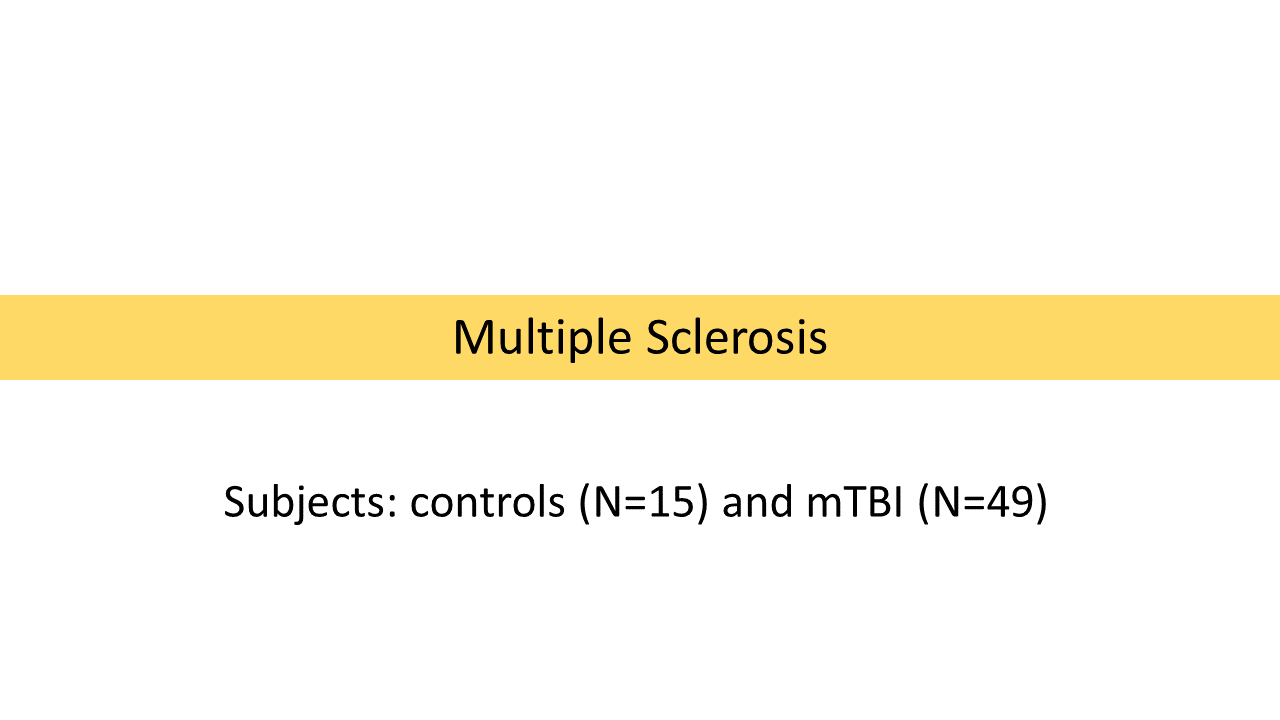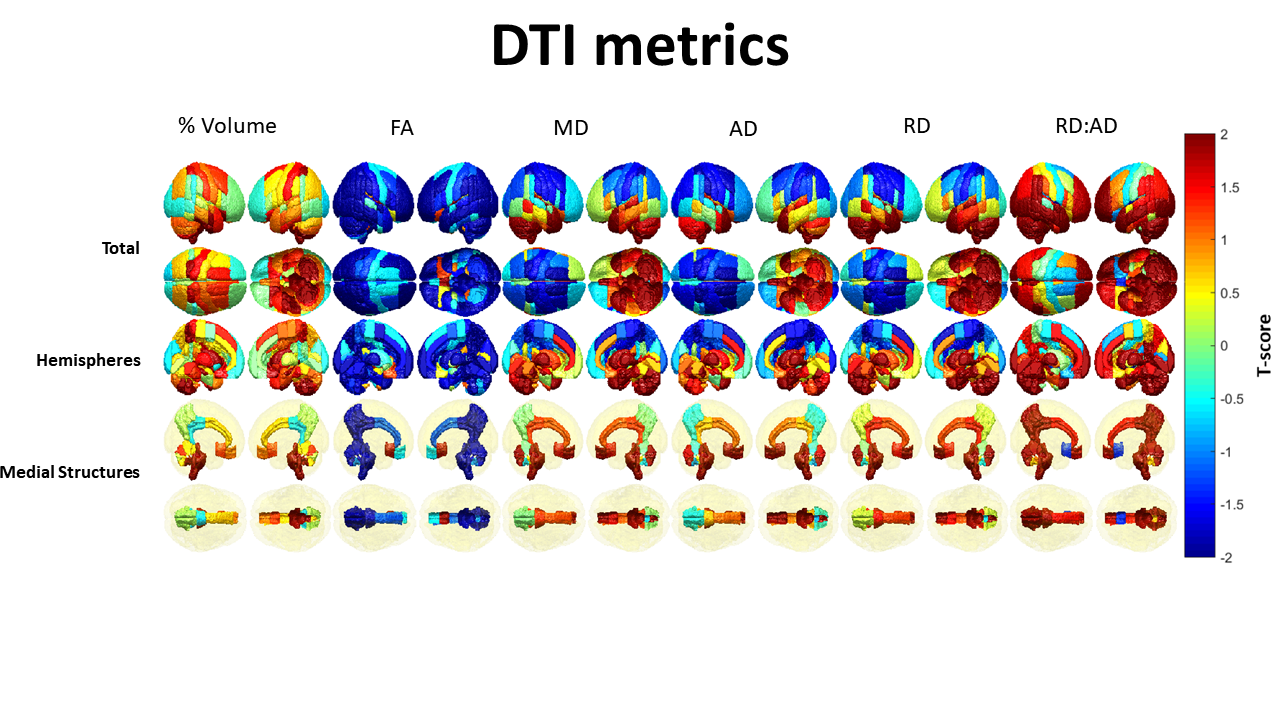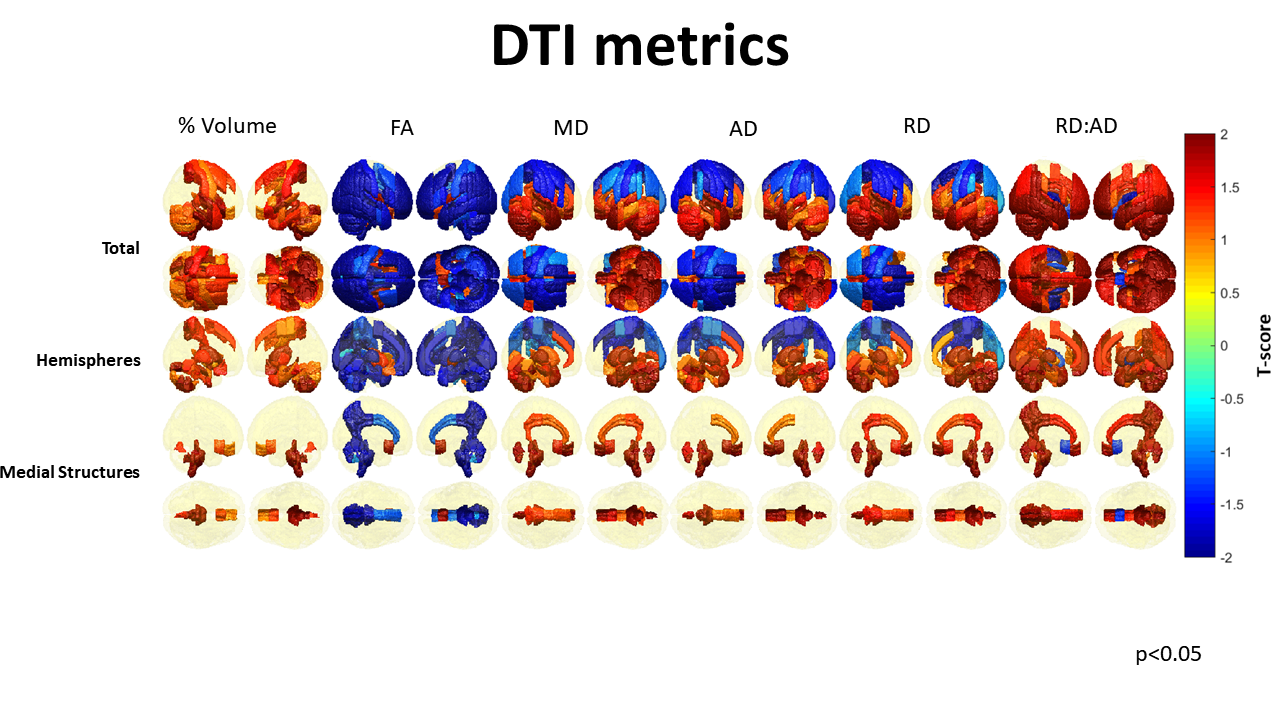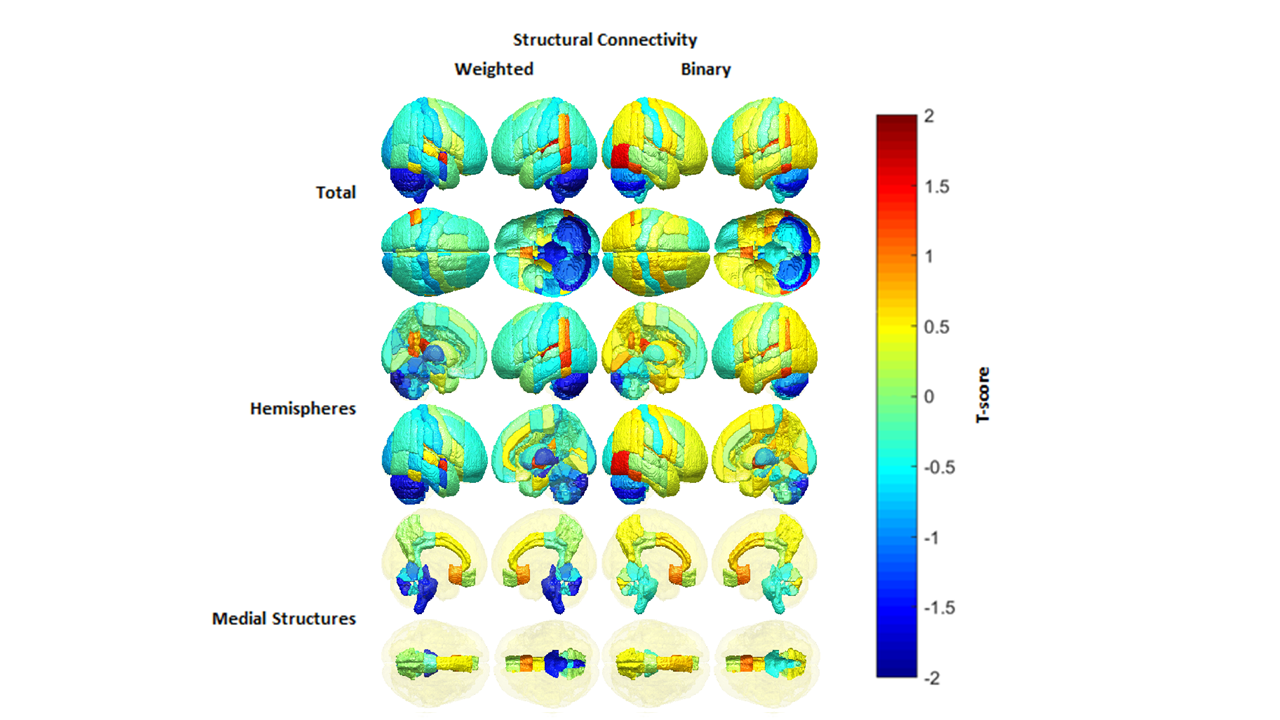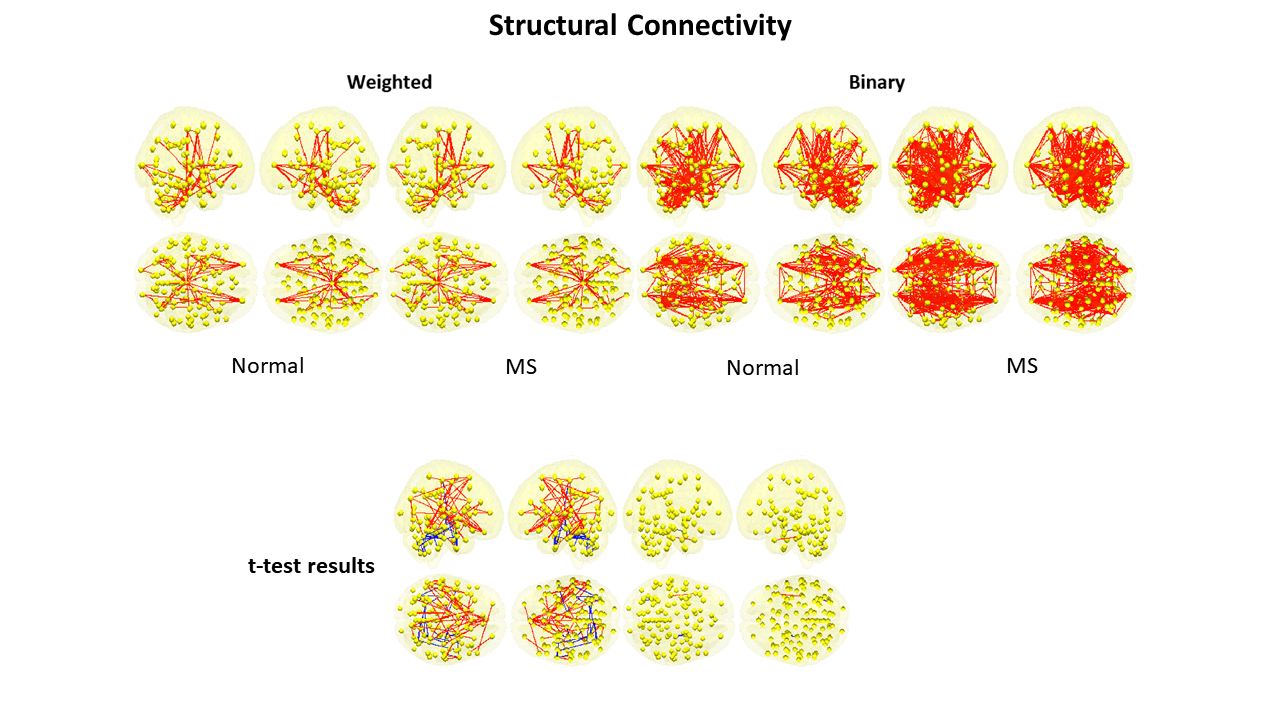Multiple Sclerosis
Author: Phillip Holly
BACKGROUND:
Multiple Sclerosis (MS) is a chronic demyelinating inflammatory disease and is the most common autoimmune disease found in the CNS (brain and spinal cord)1. Throughout the course of the disease, demyelination, remyelination, and axonal degeneration are all involved in the complex pathology. The lesions caused by MS vary wildly between patients and the lesions found in one patient can disseminate in time and space throughout the course of the disease. MS is also fairly common as there are as many as 2-2.5 million (30/100,000) cases of MS globally2.
Because of the nature of MS and its ever-changing pathology within a patient, misdiagnosing can be a problem. In MS patients, 1 out of 20 patients are misdiagnosed with a resembling disease. Diagnosis of MS relies on presenting signs and symptoms, history of present illness (HPI), family history, along with Fluid Attenuation Inverse Recovery imaging (FLAIR). This often leads to difficulties diagnosing MS, especially early on in the conception of the disease, as MS becomes a diagnosis of exclusion3.
MS demyelinates white matter axons in the CNS, causing a disruption in the brain neural complexes. Diffusion tensor imaging (DTI) makes assessments of the white matter tracts possible through DTI tractography5-7. DTI tractography establishes white matter tracts by utilizing fractional anisotropy (FA) maps that measures the diffusion of water at each voxel, where greater intensity values show a more direct ellipsoidal diffusion and lower intensity a more random spherical diffusion8-10.
DTI-based tractography can be used to generate a structural connectivity network. Networks contain both nodes and links (or edges)11. In this case, the nodes will represent the ROIs and the links would portray the structural connectivity. A structural connectivity matrix can be generated to account for all the connections within the network, where the dimensions of the matrix are the nodes (ROIs) and the values within the matrix are the links (structural connectivity).
